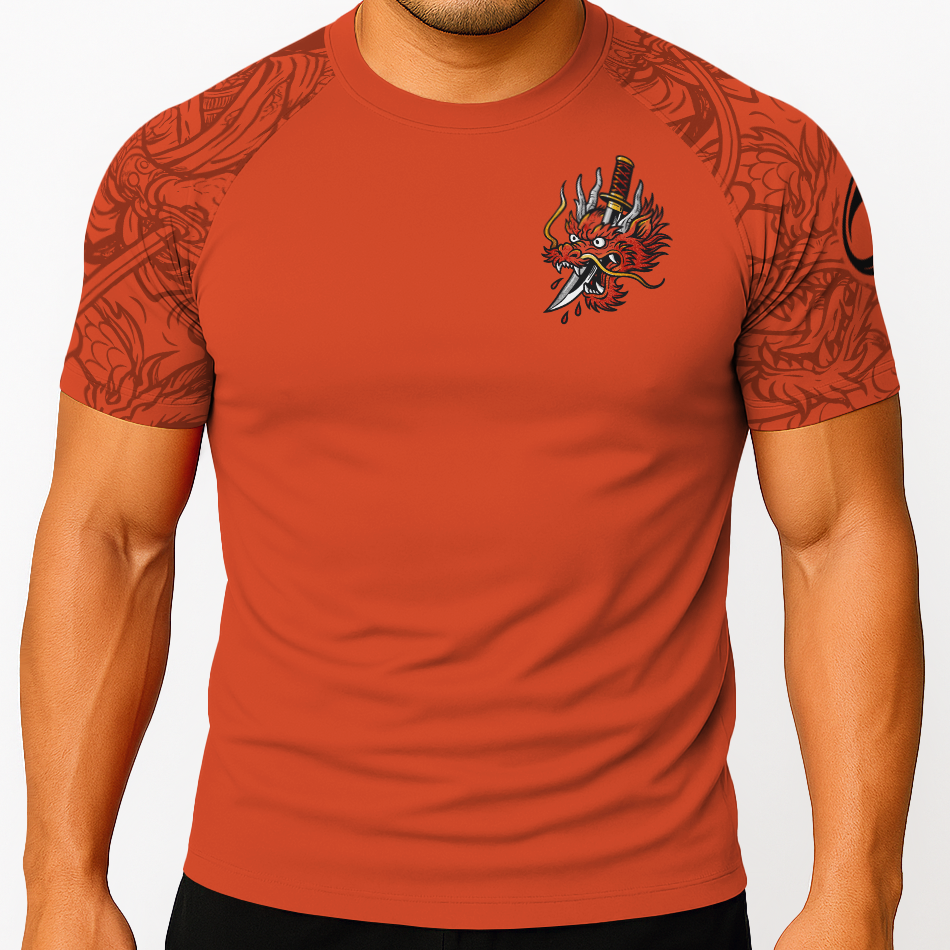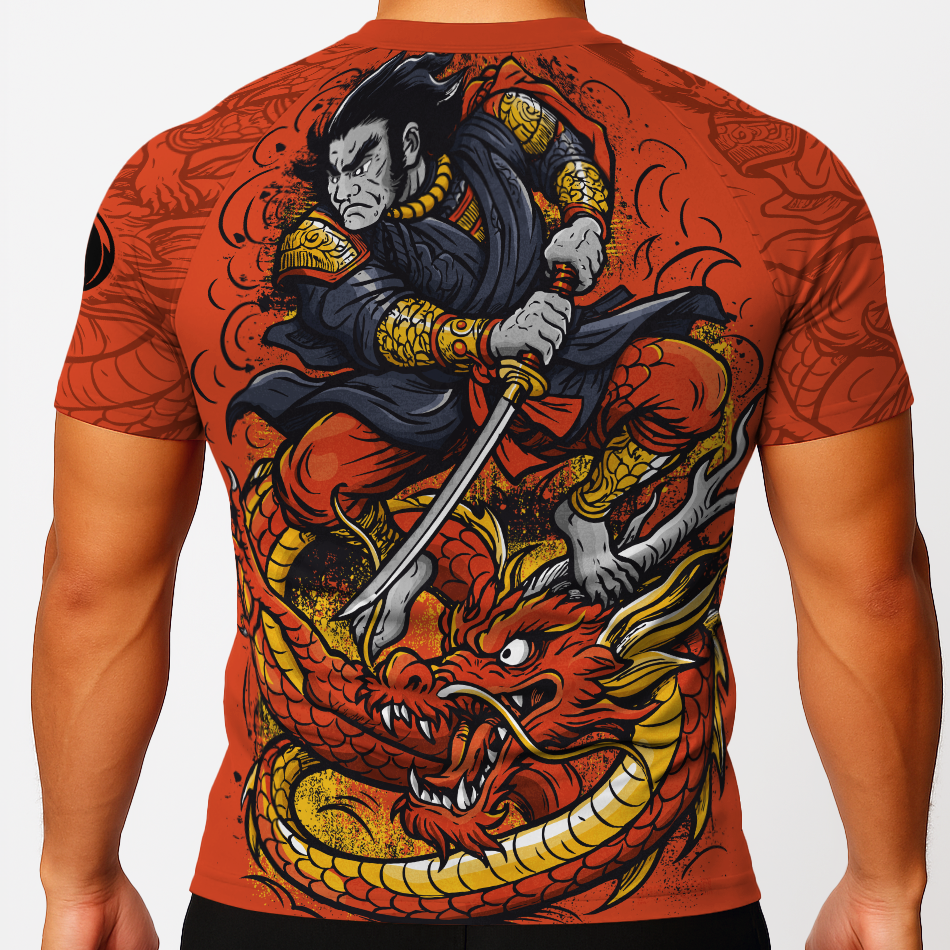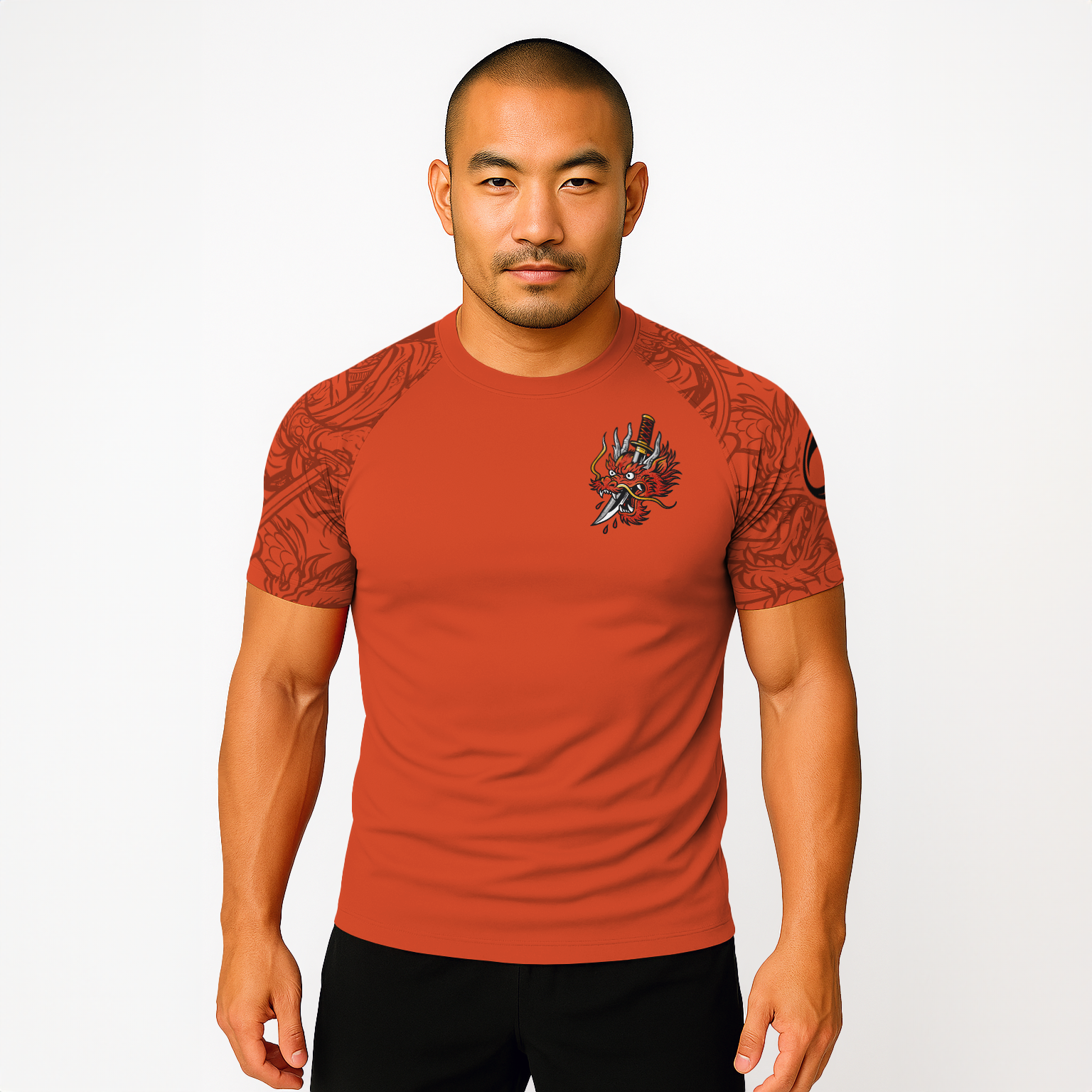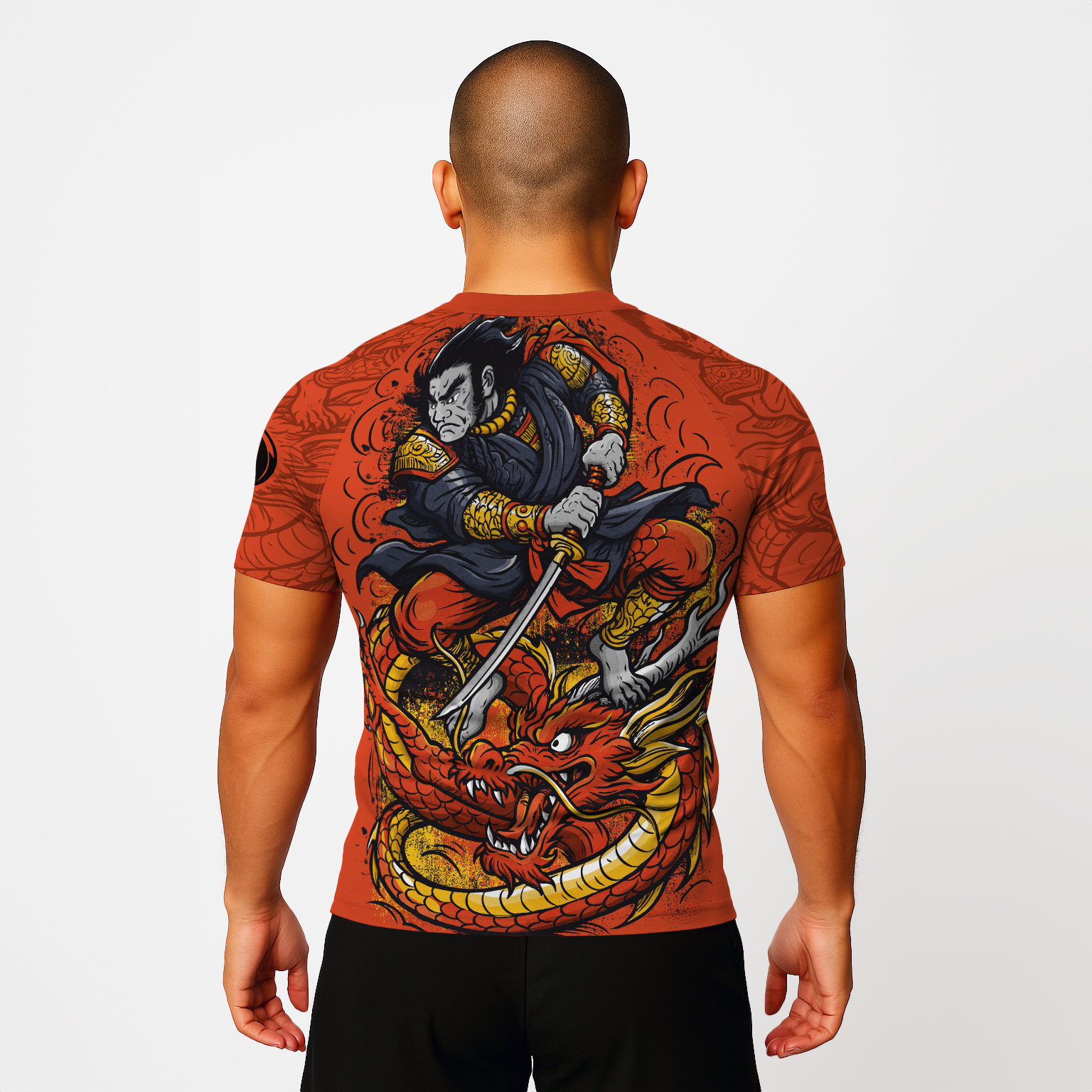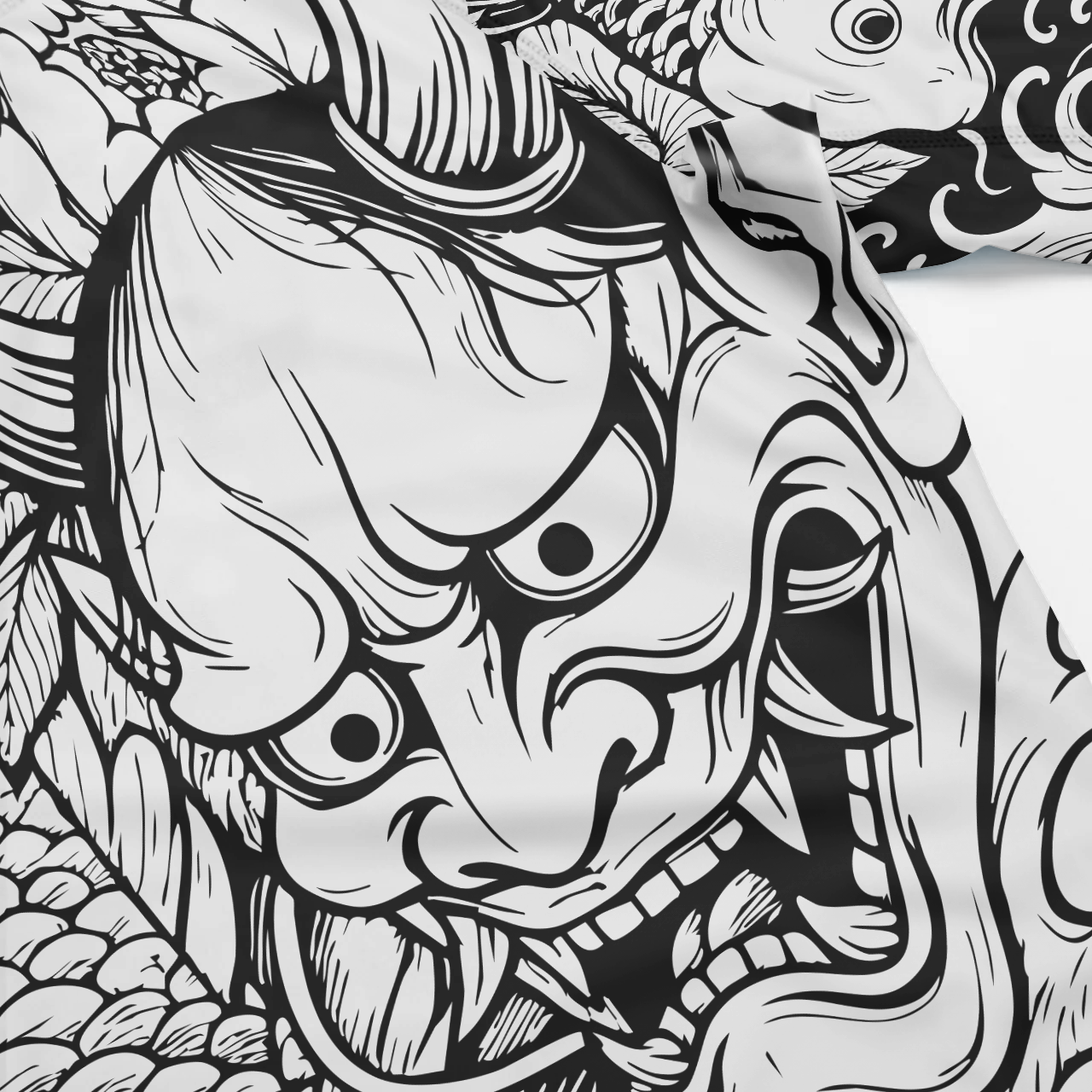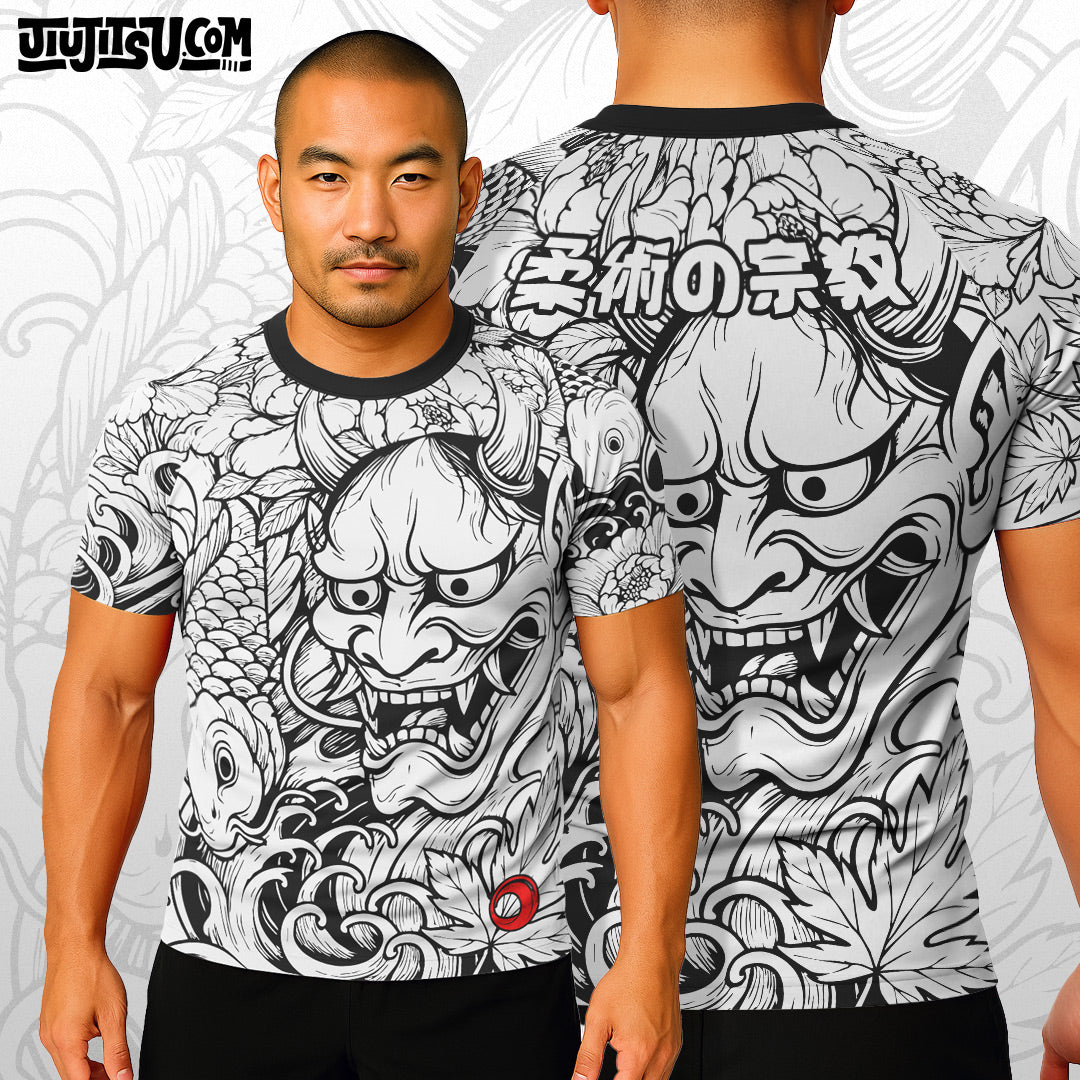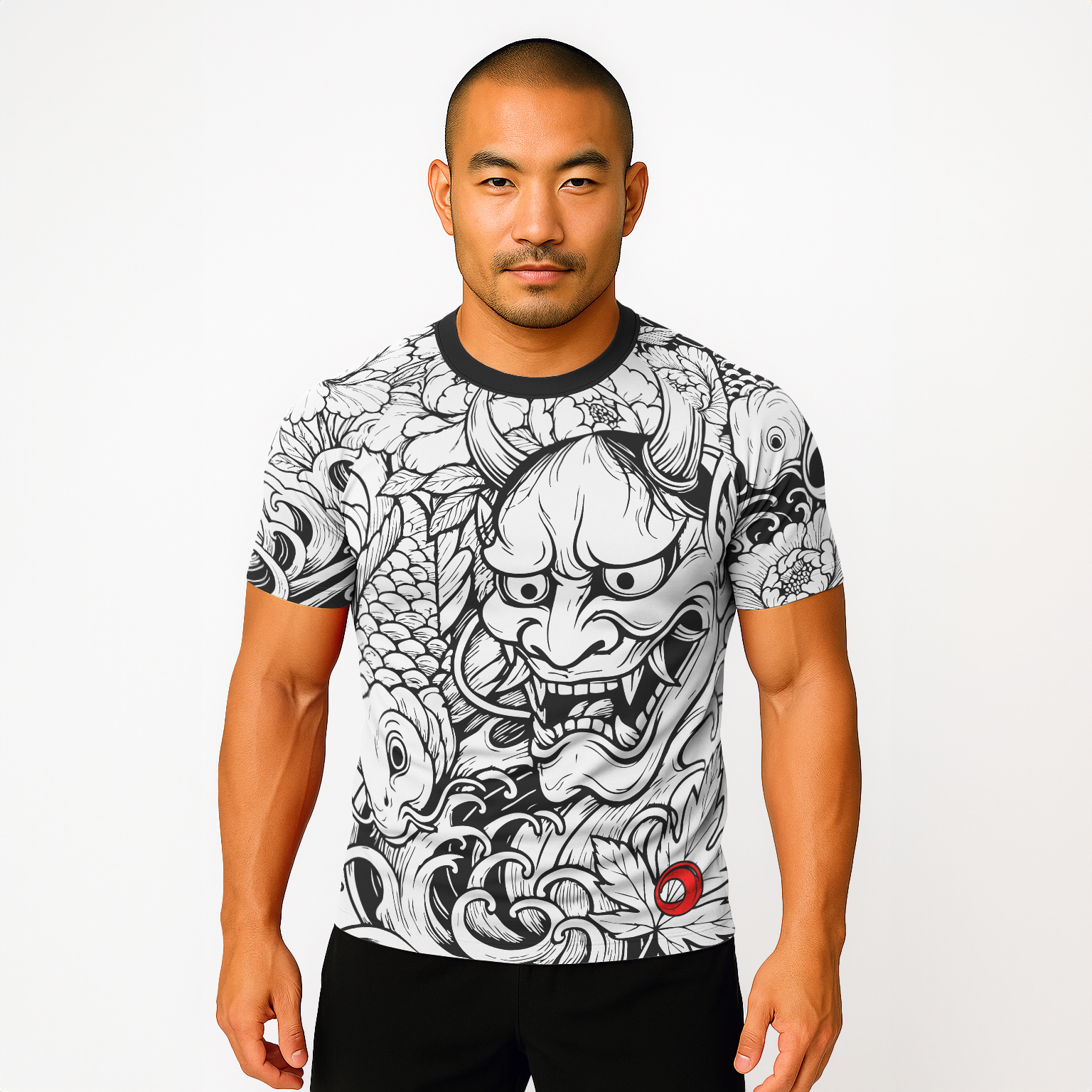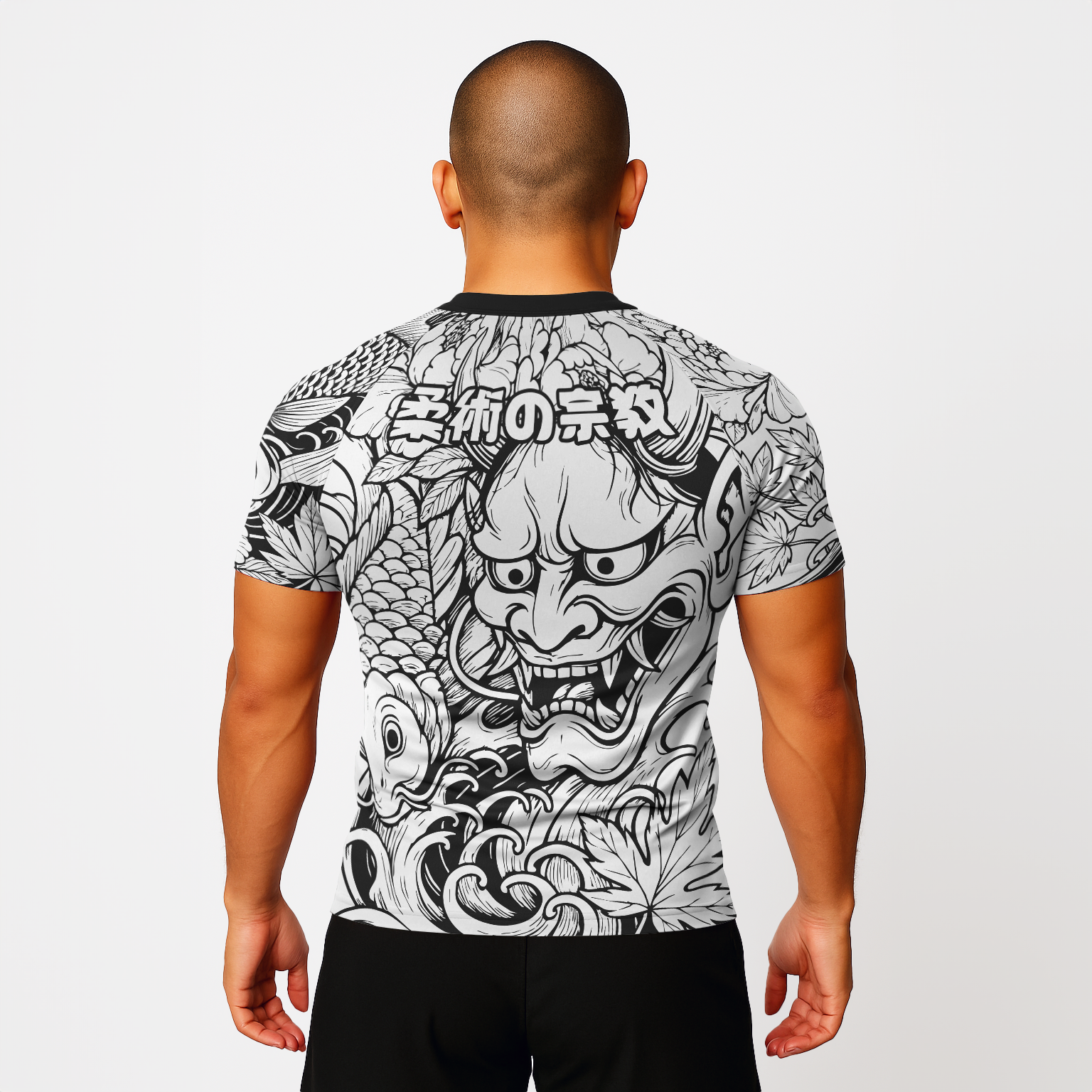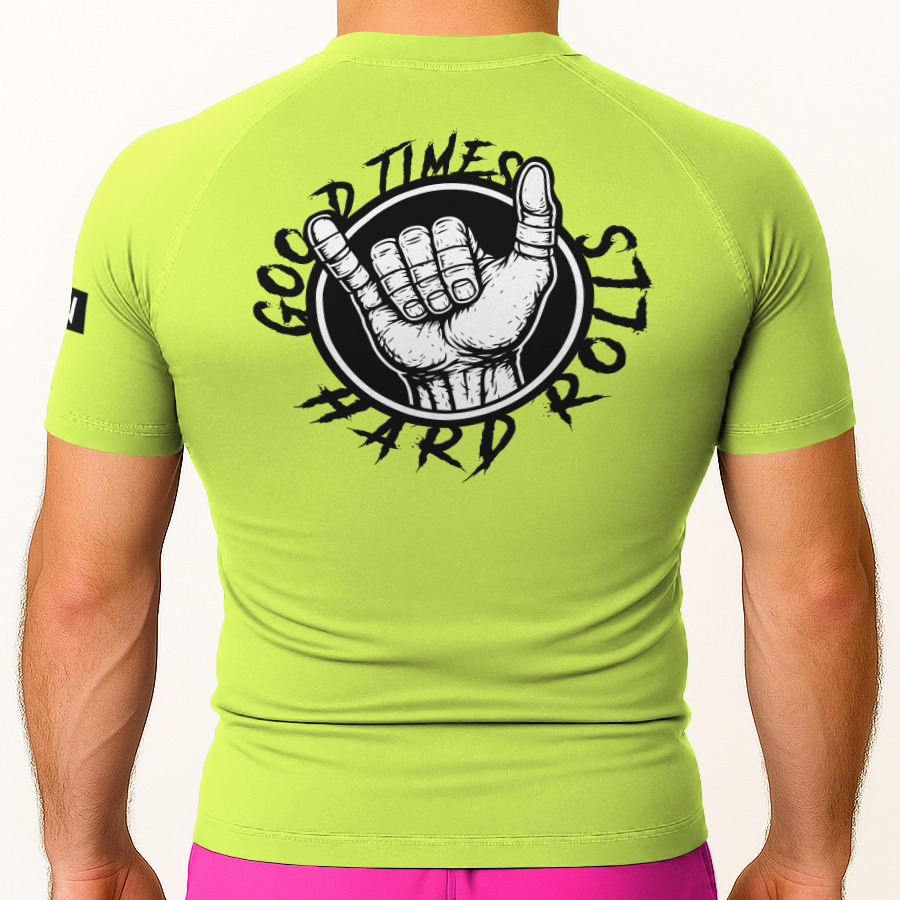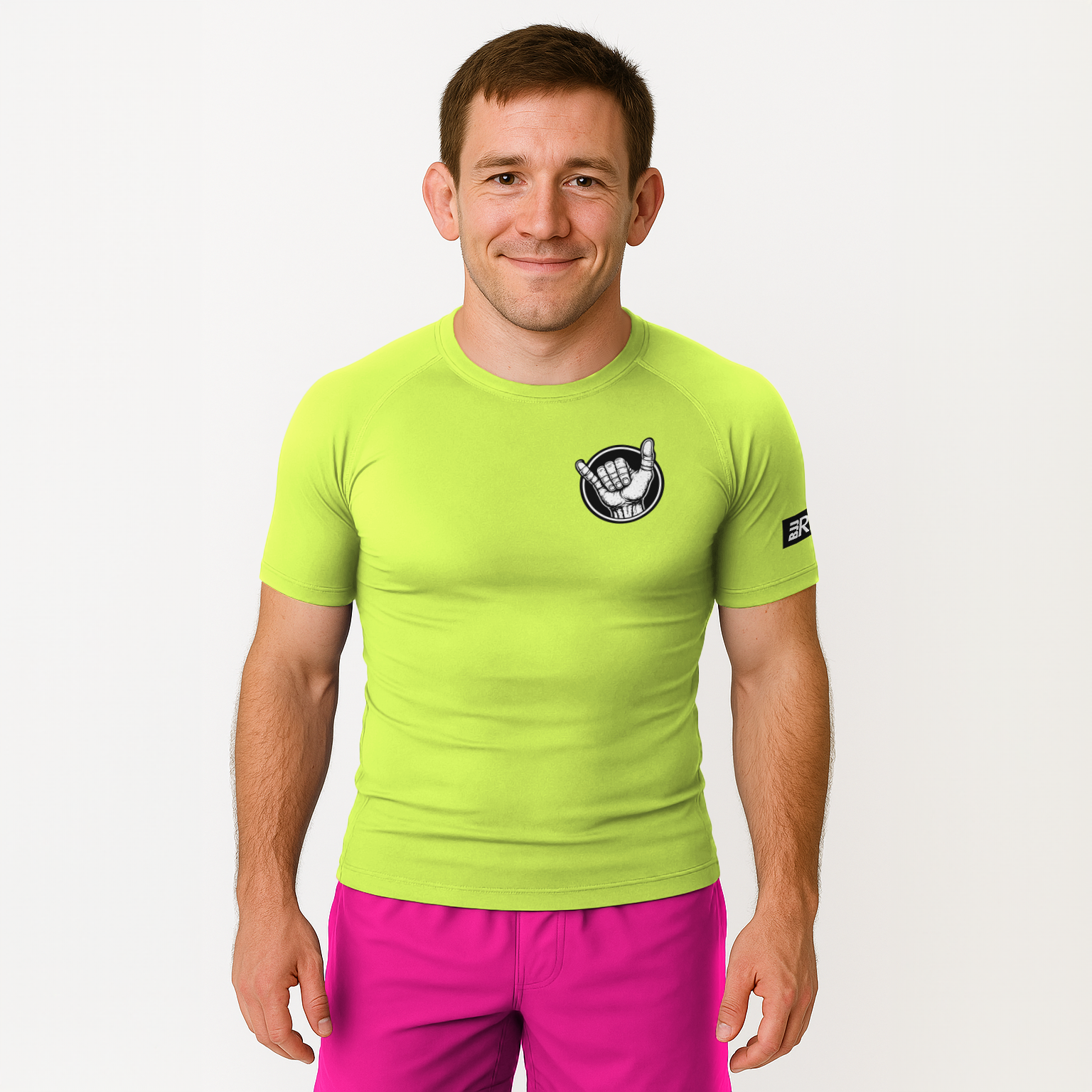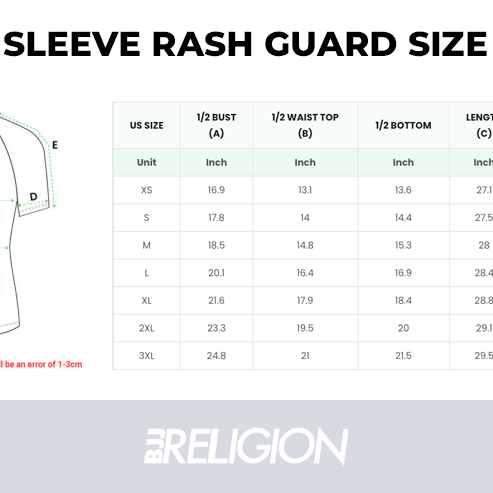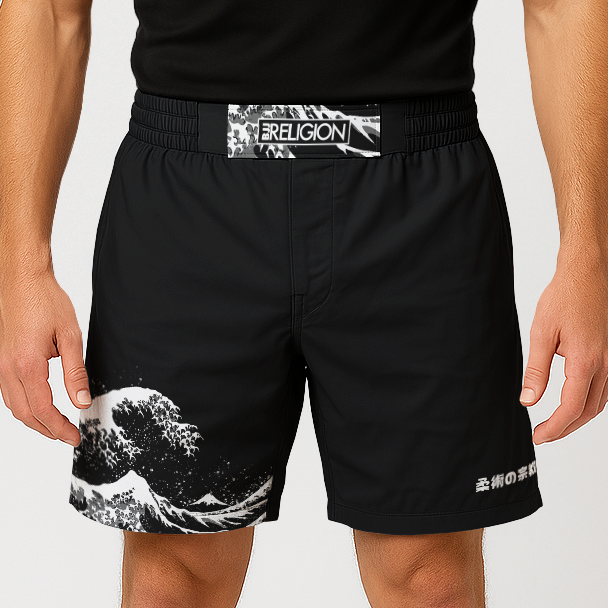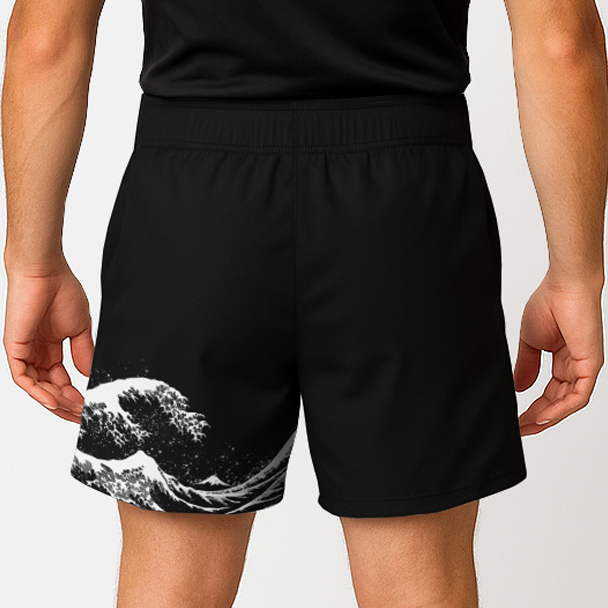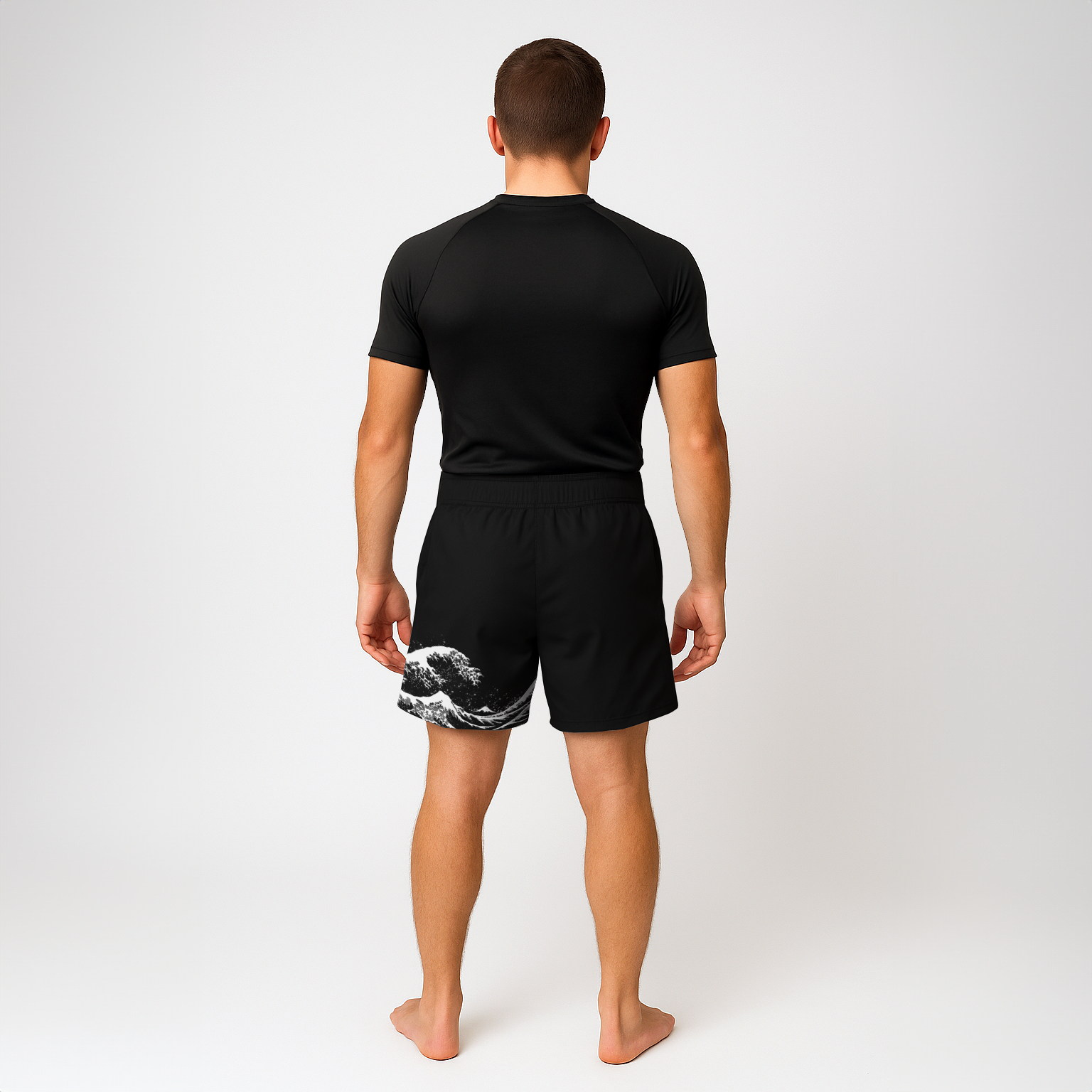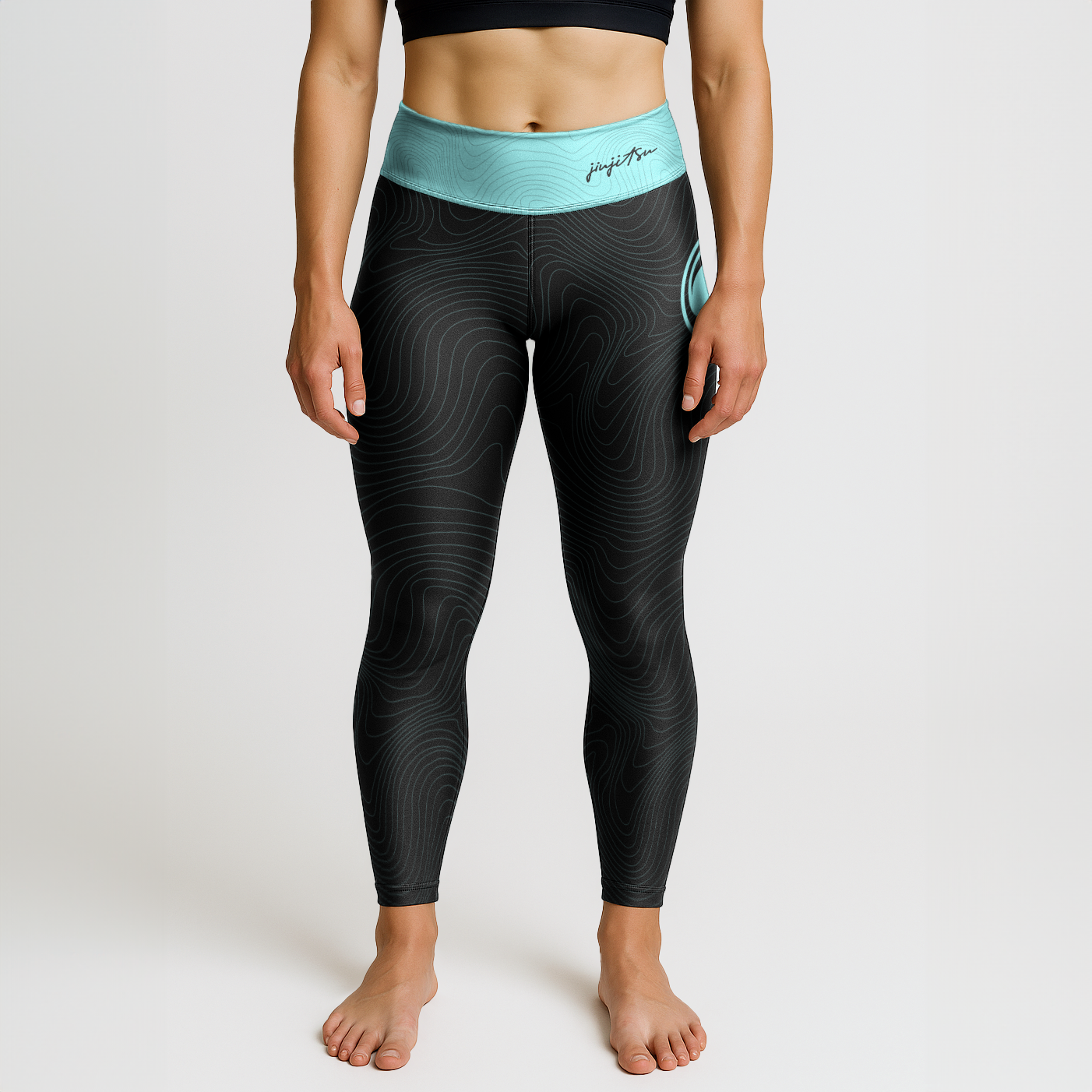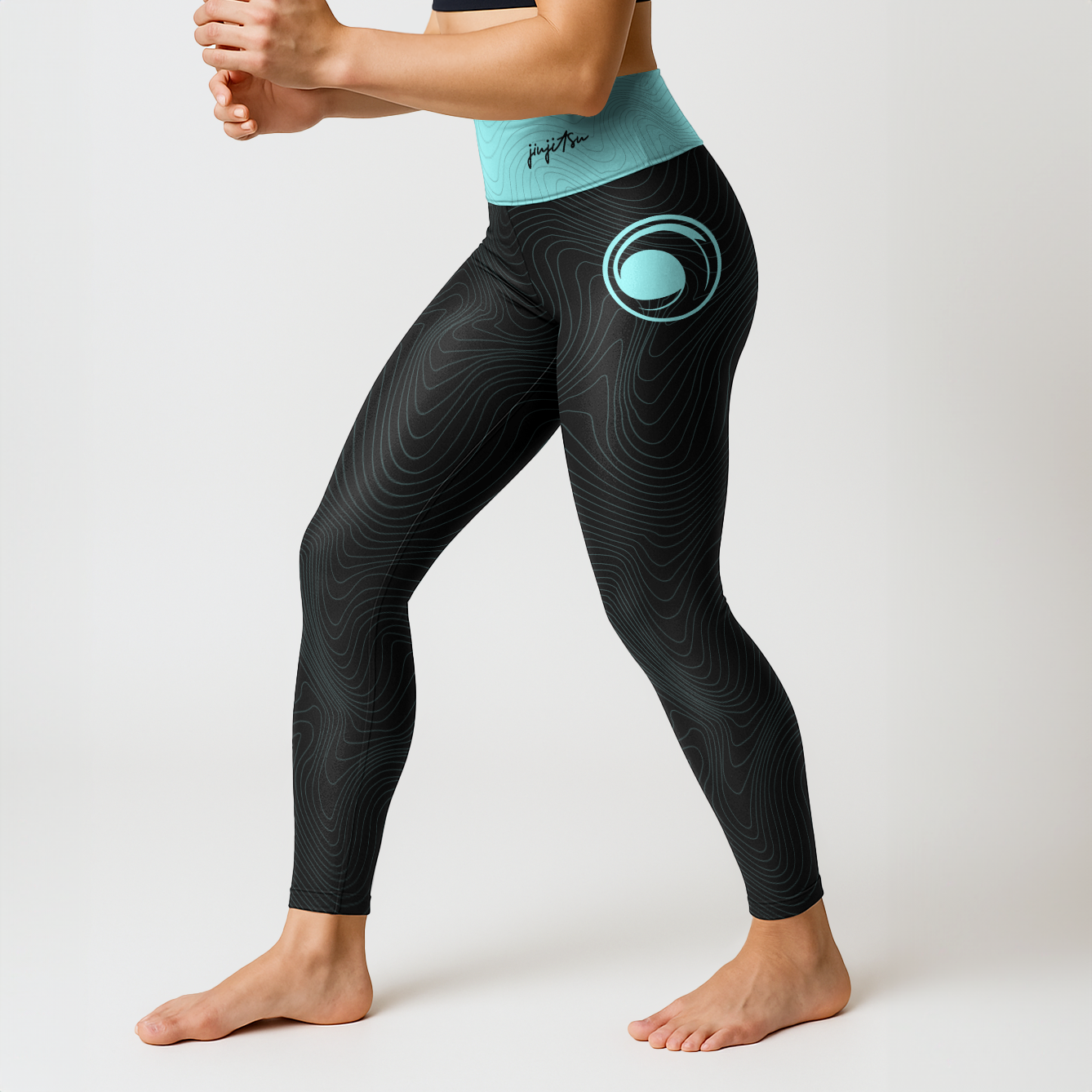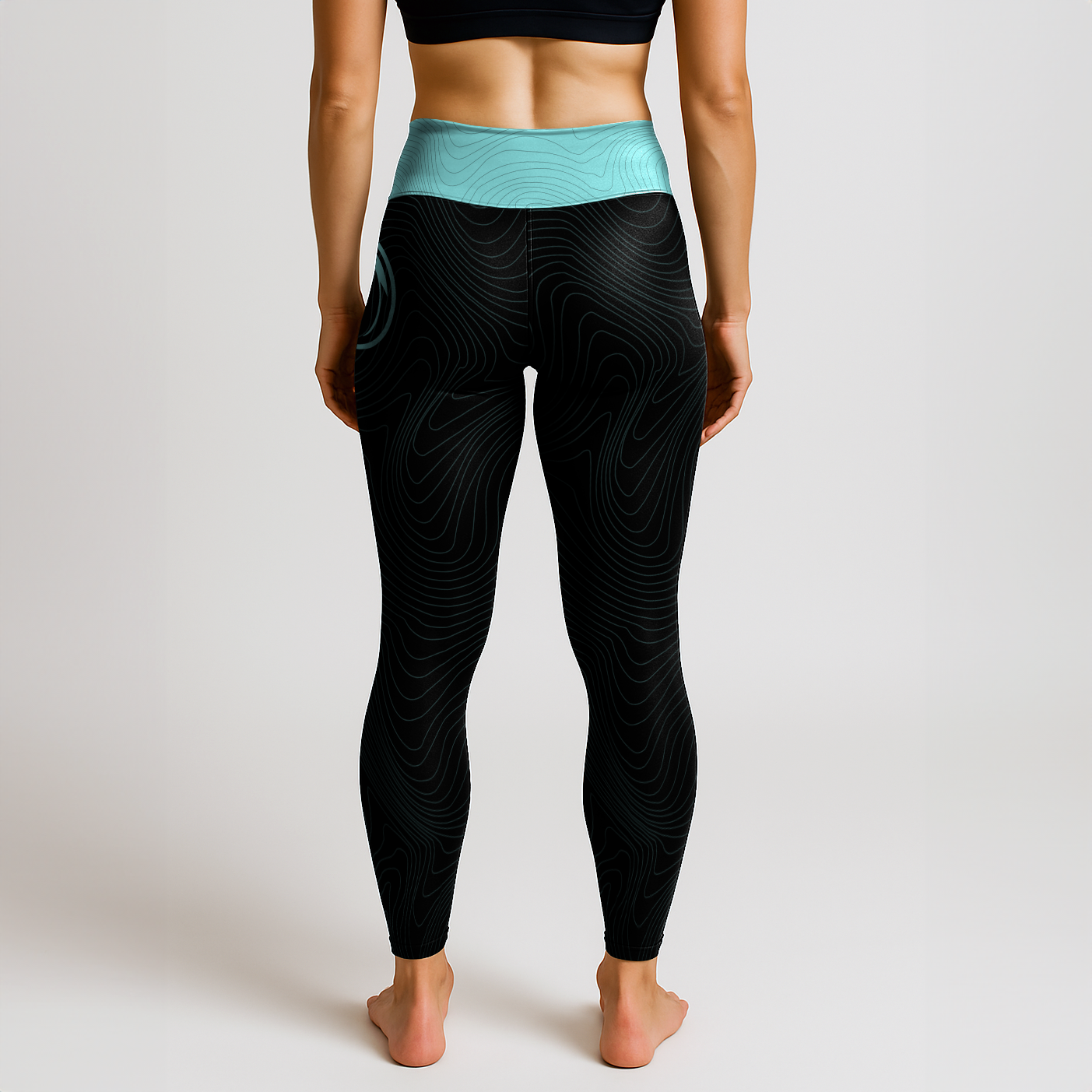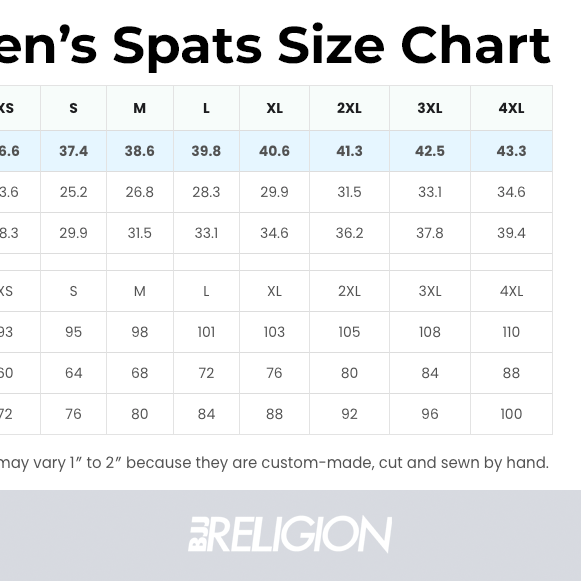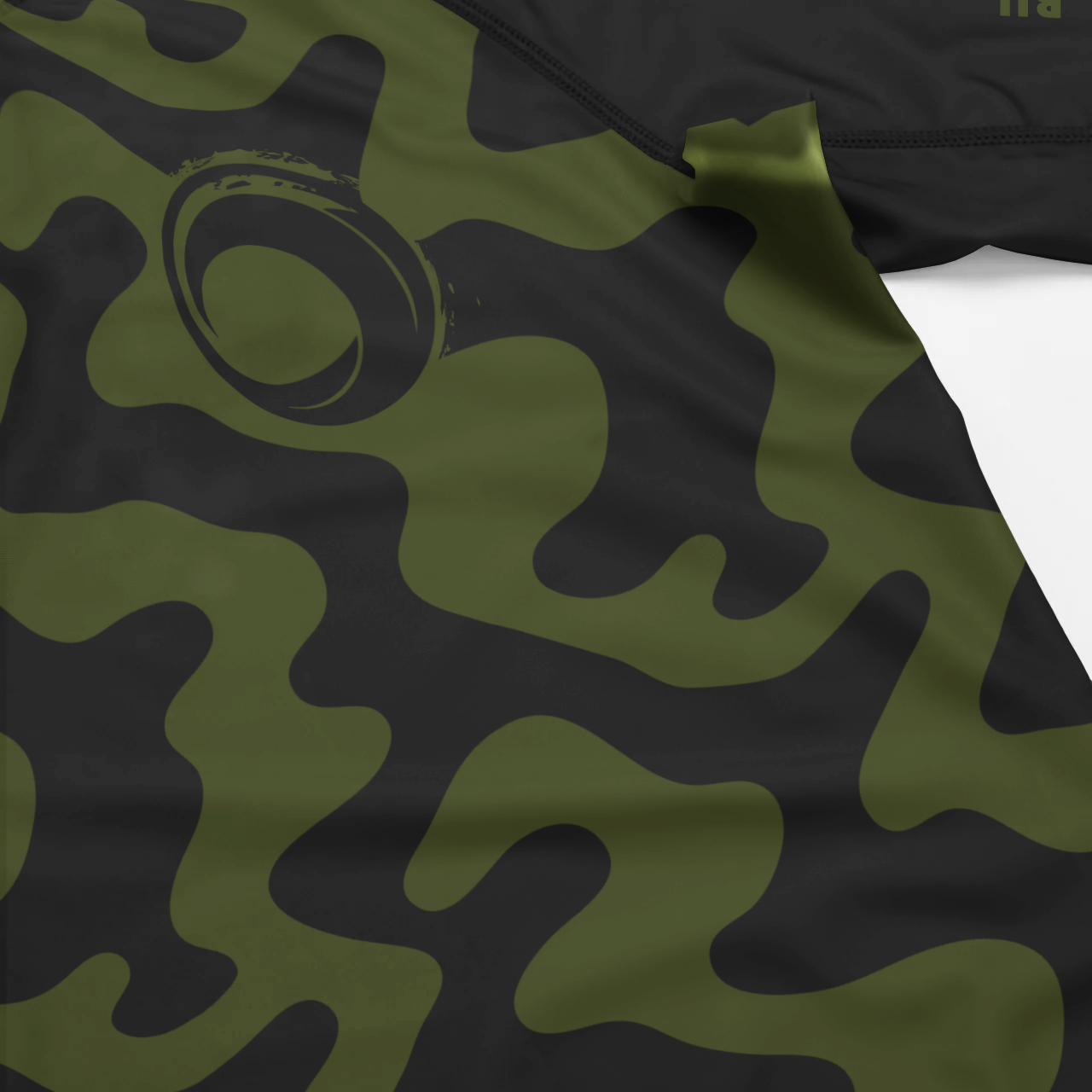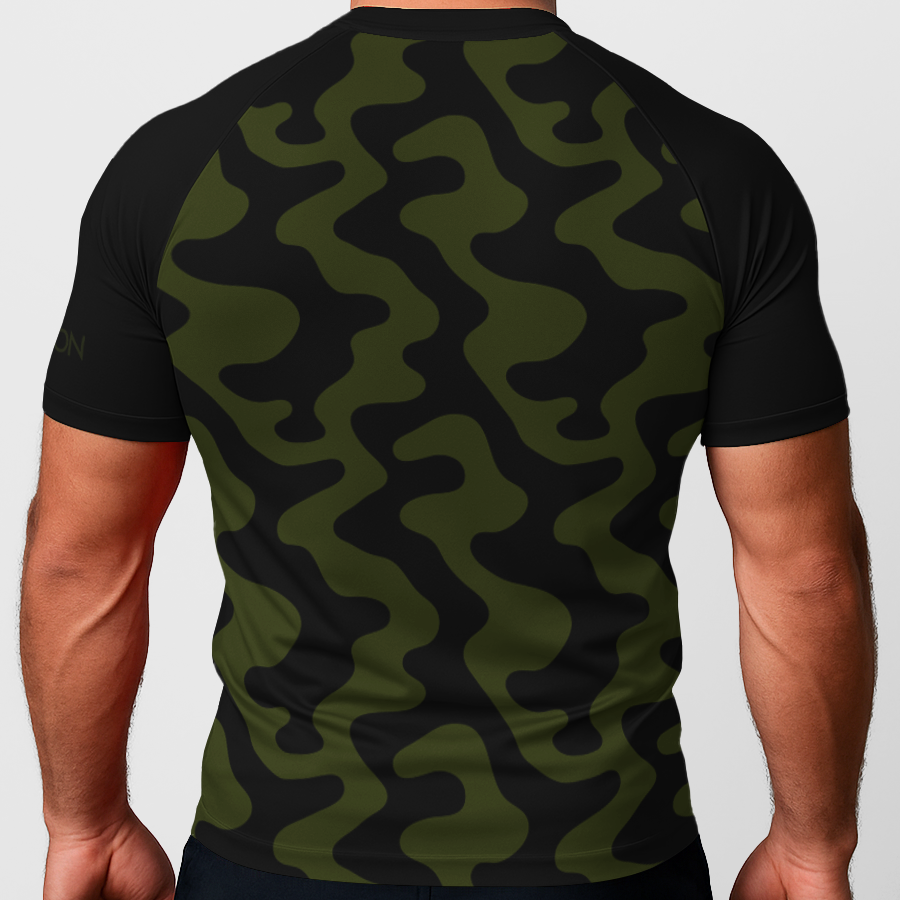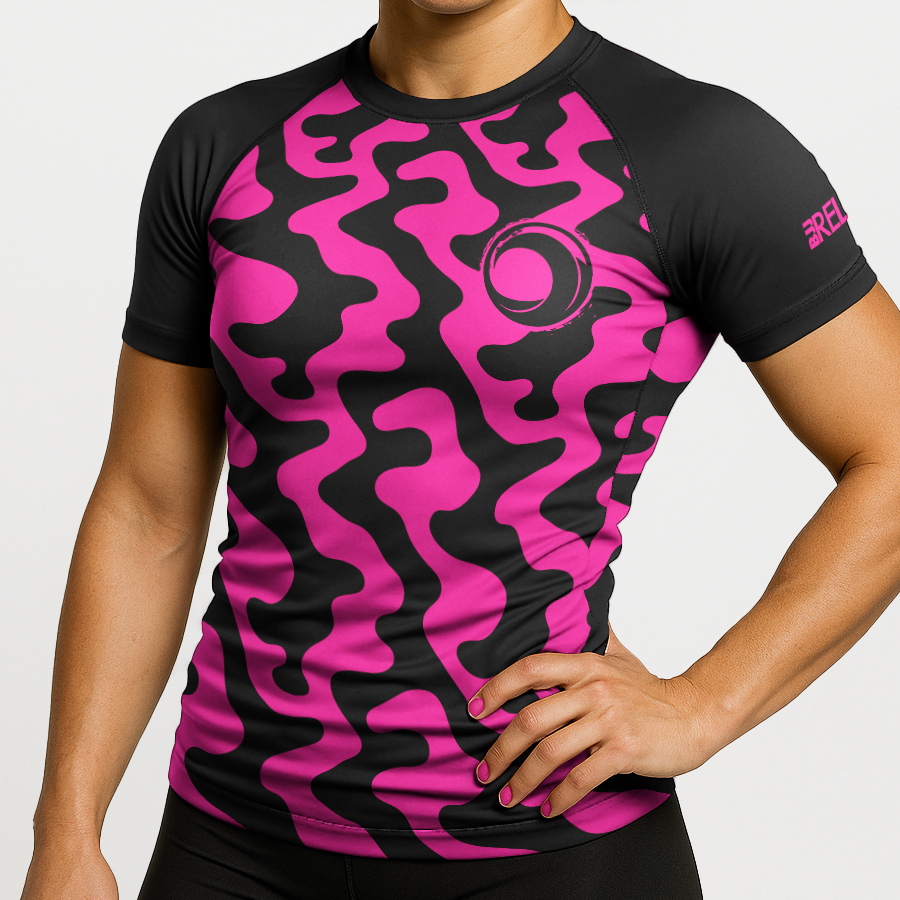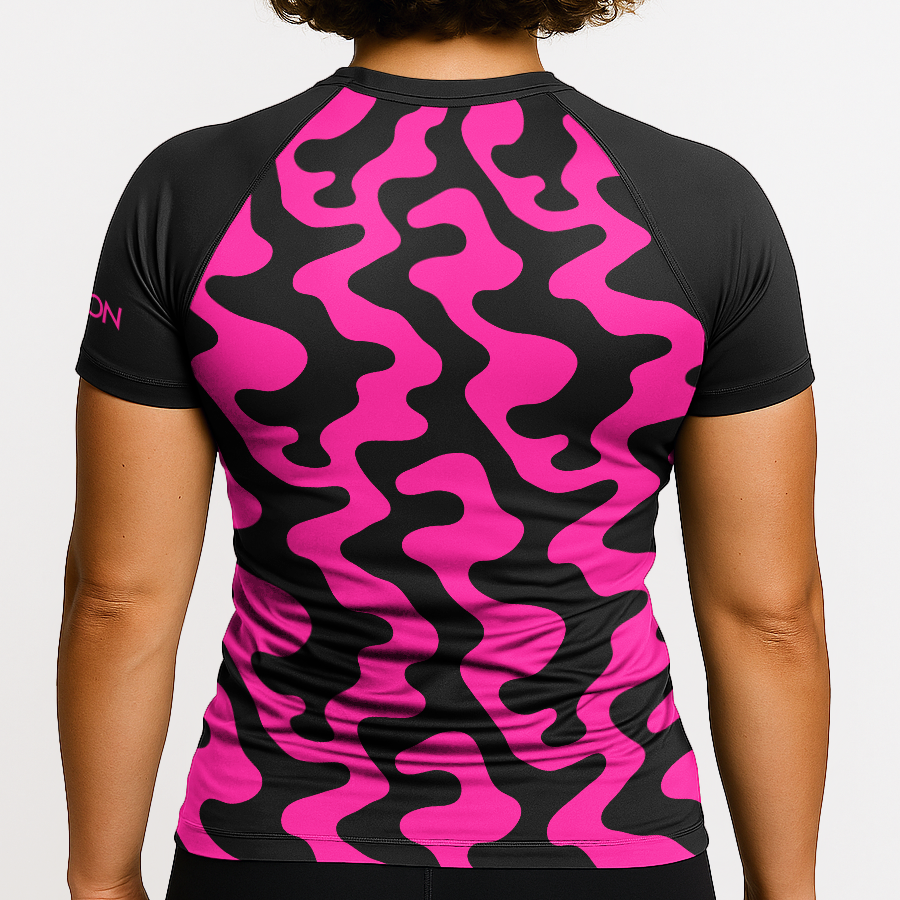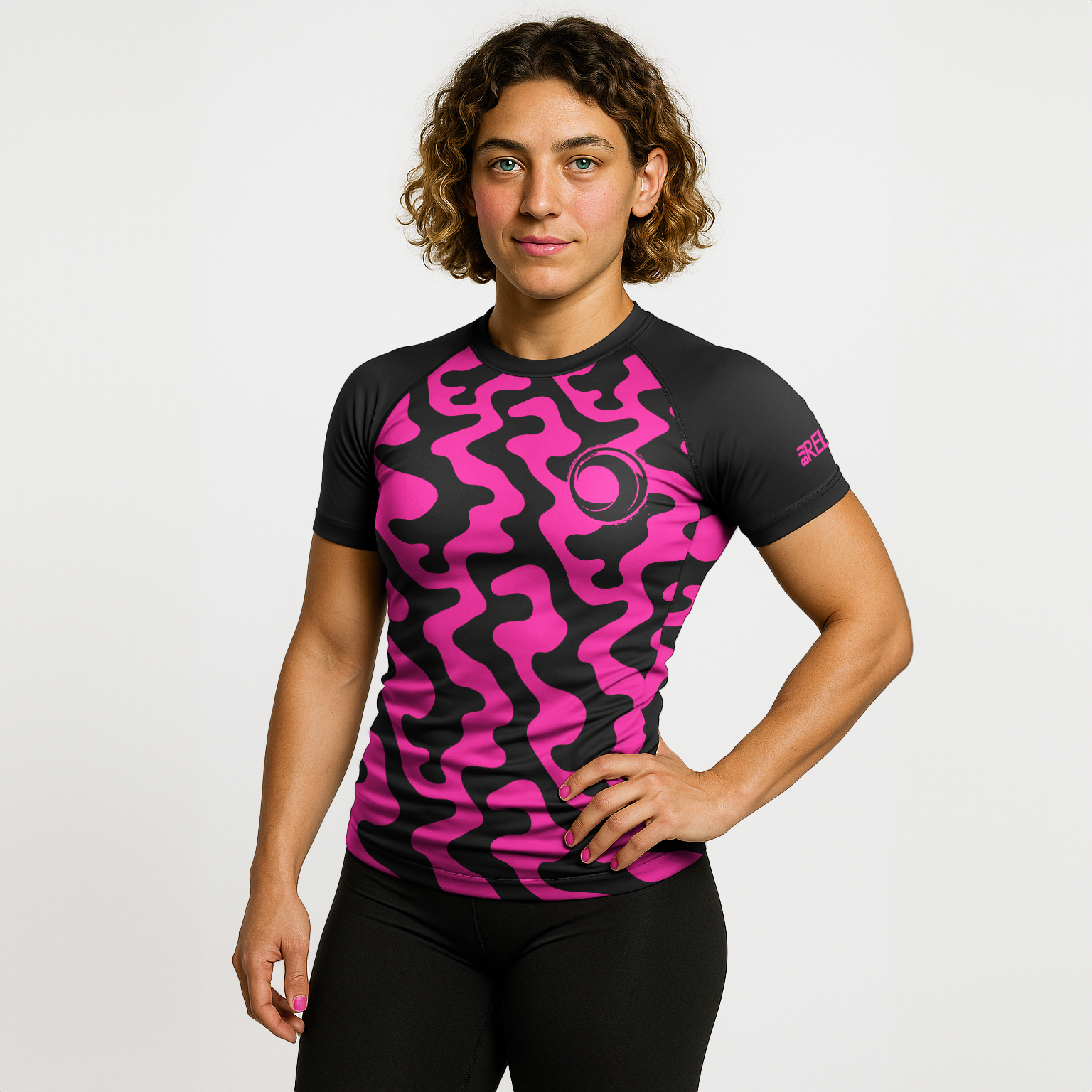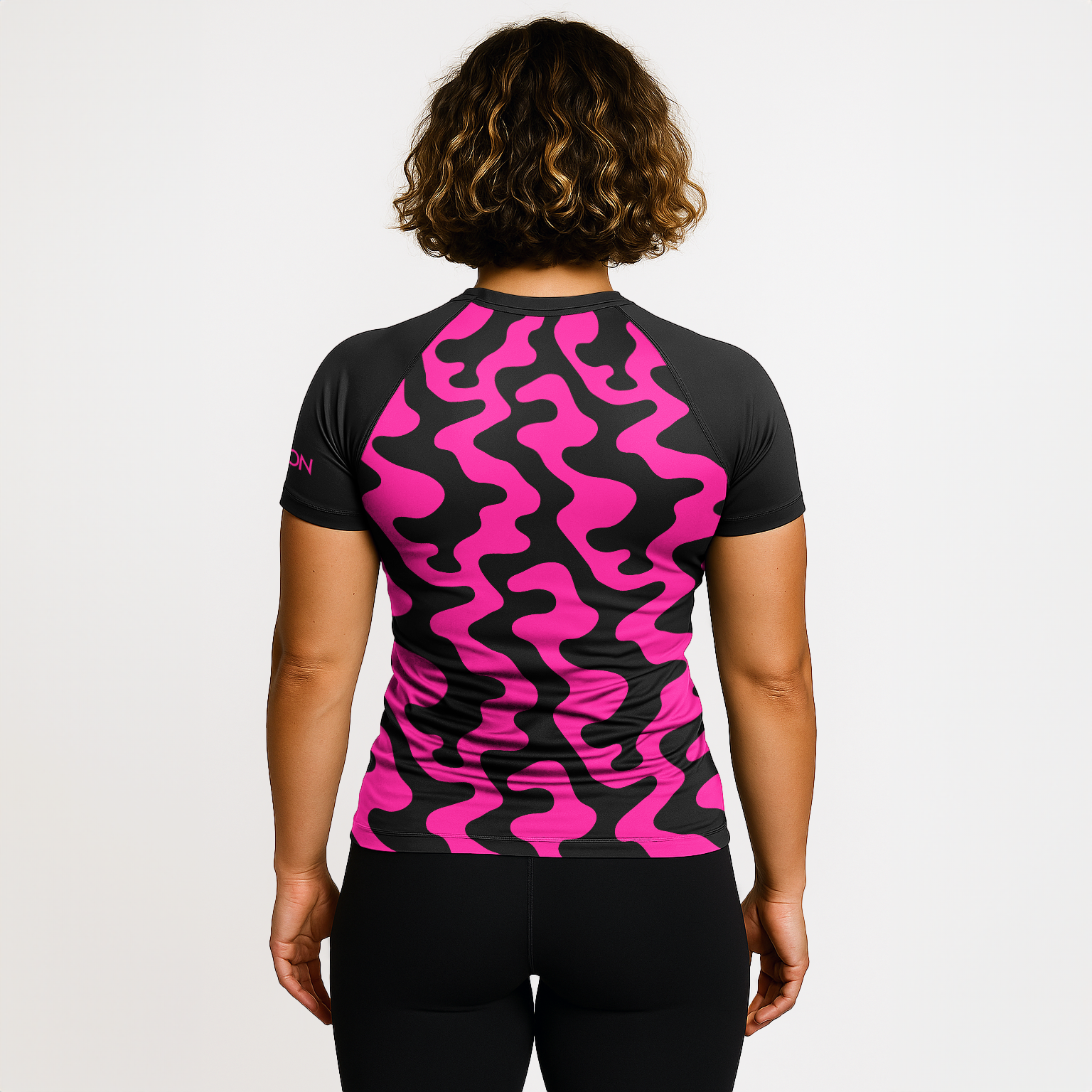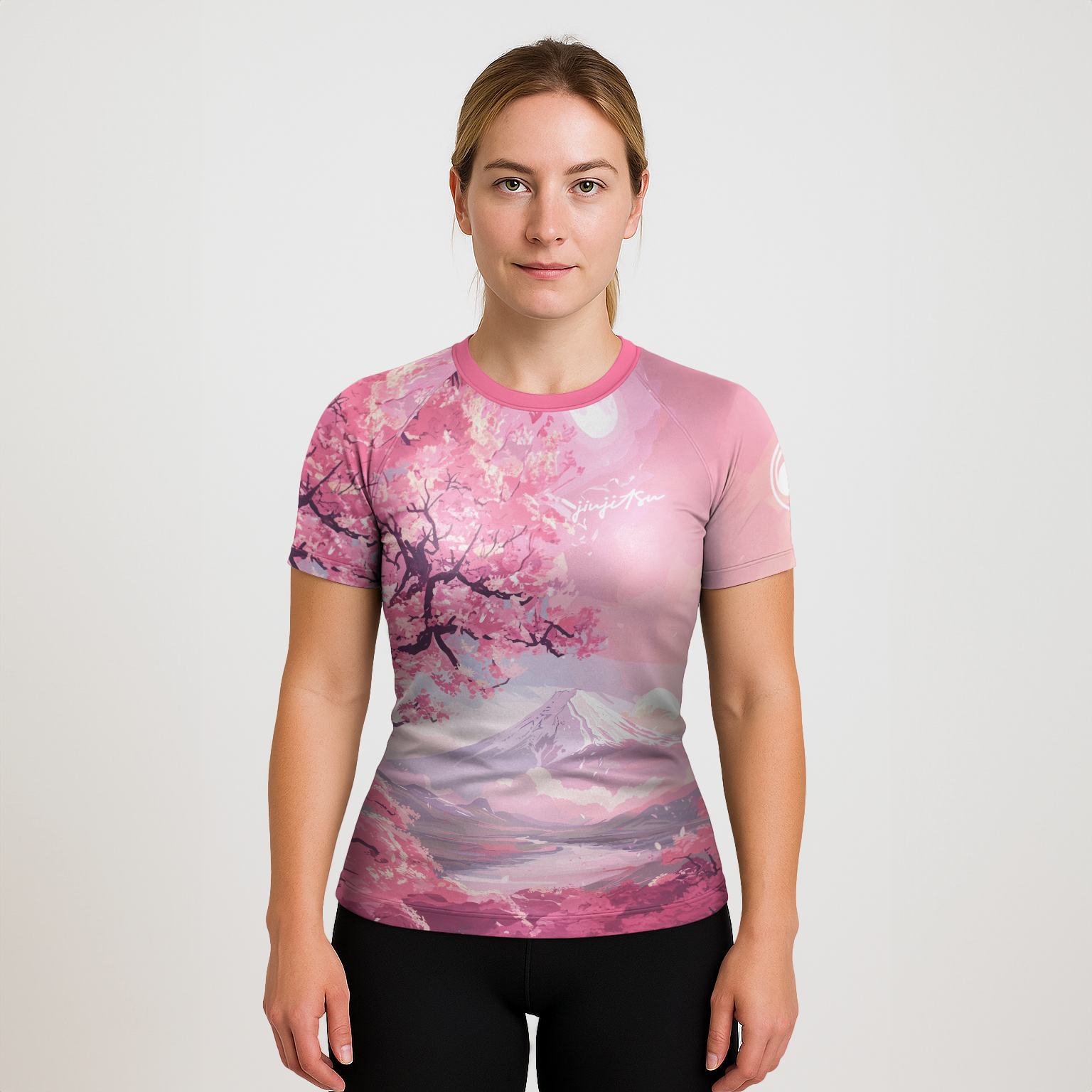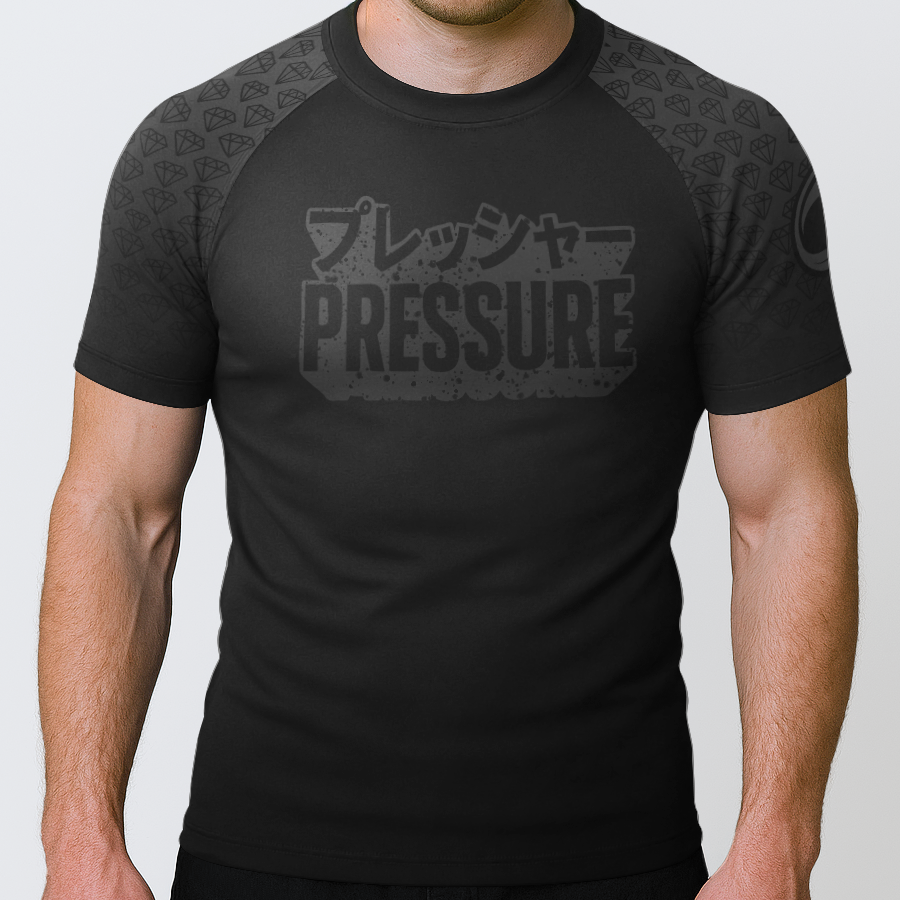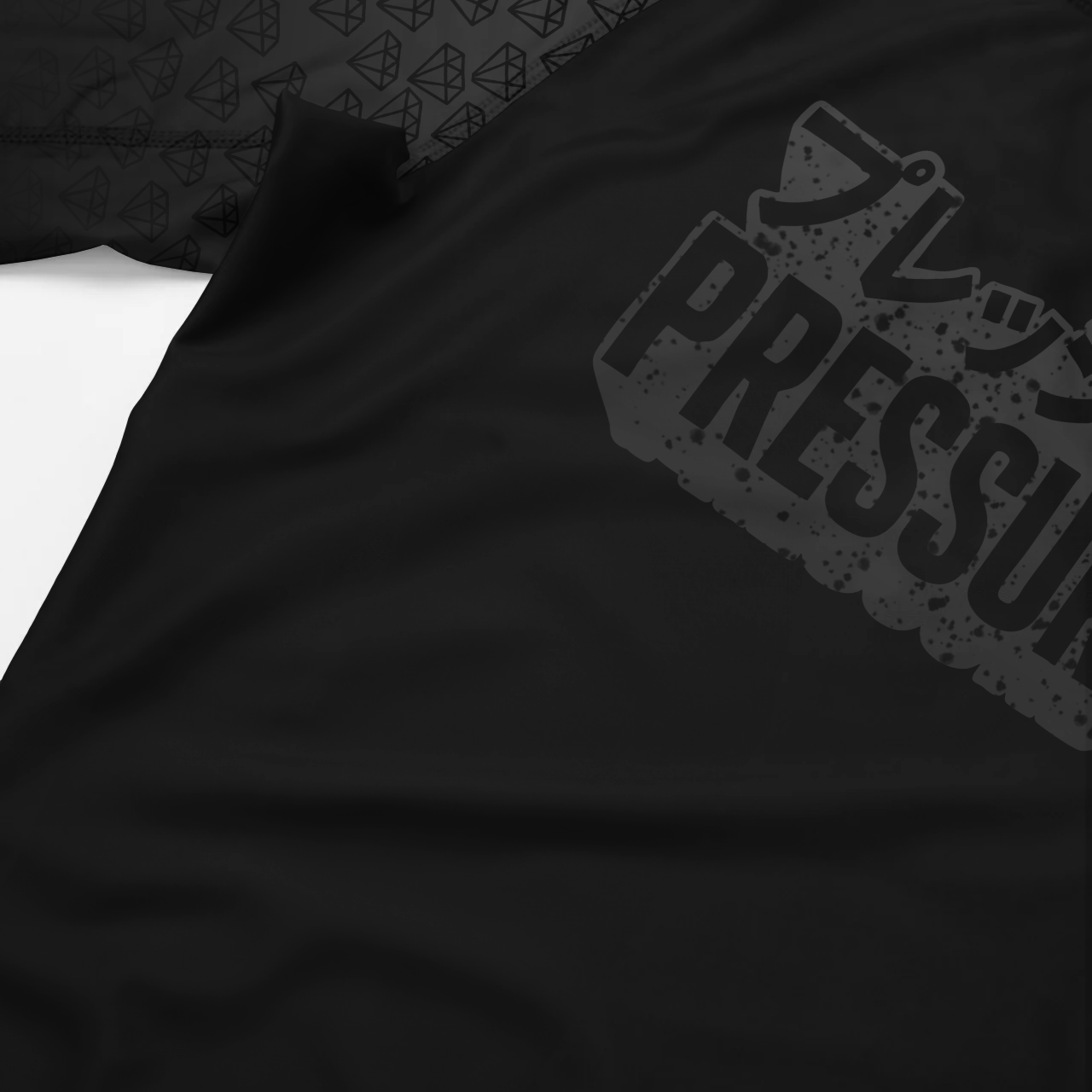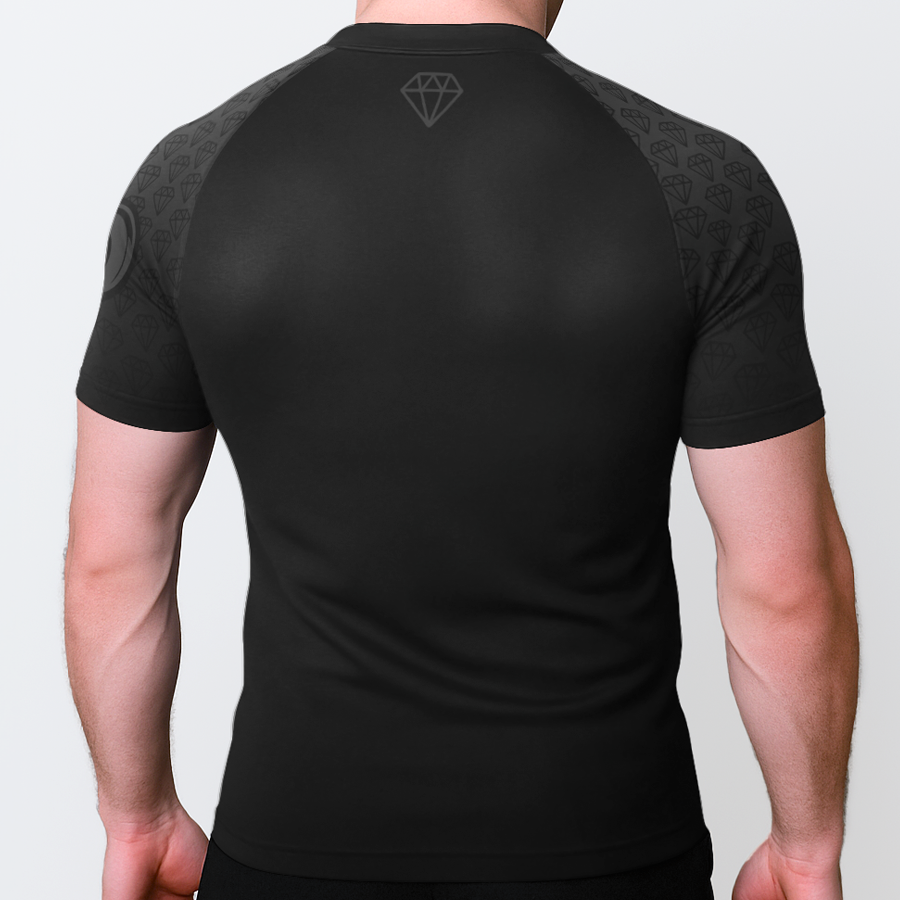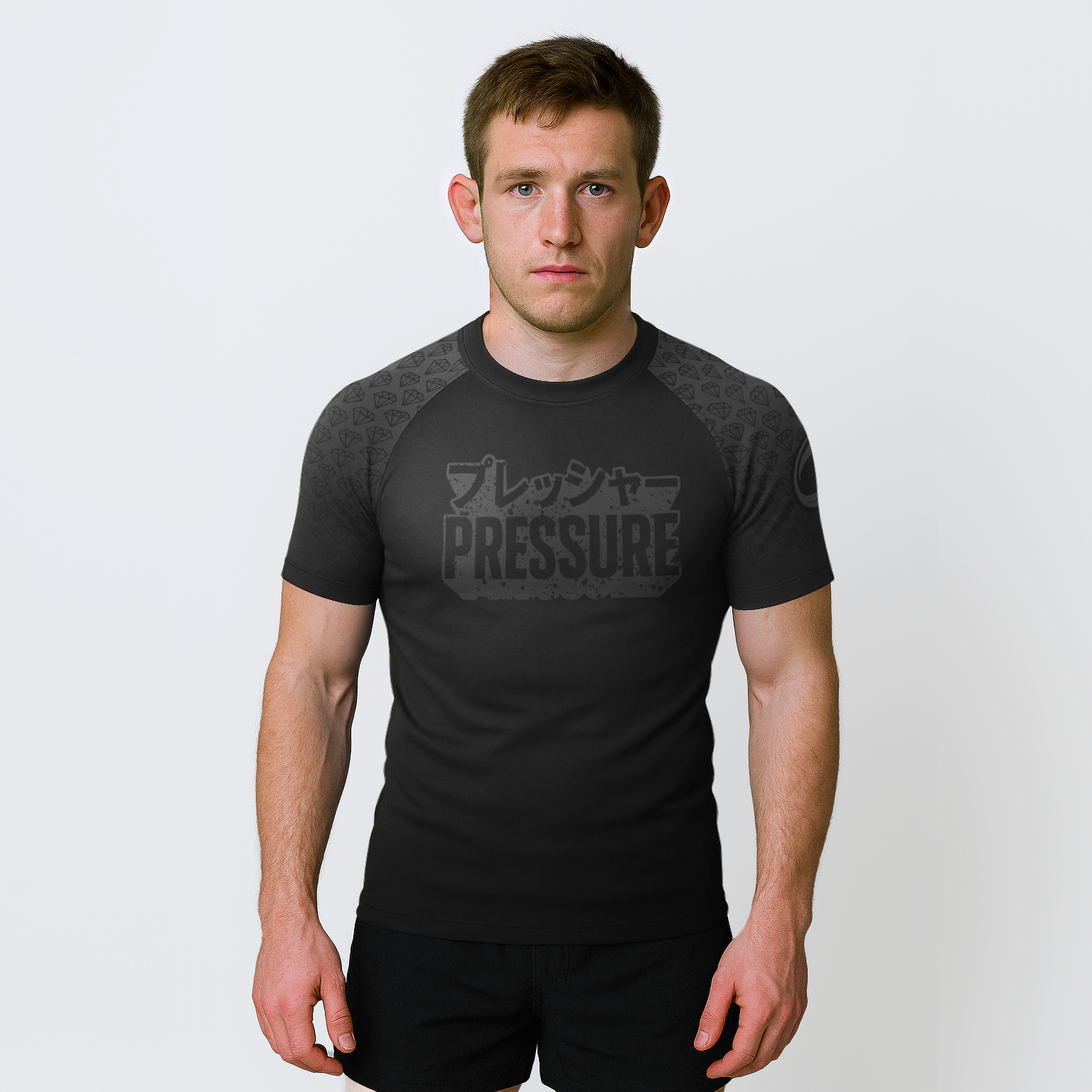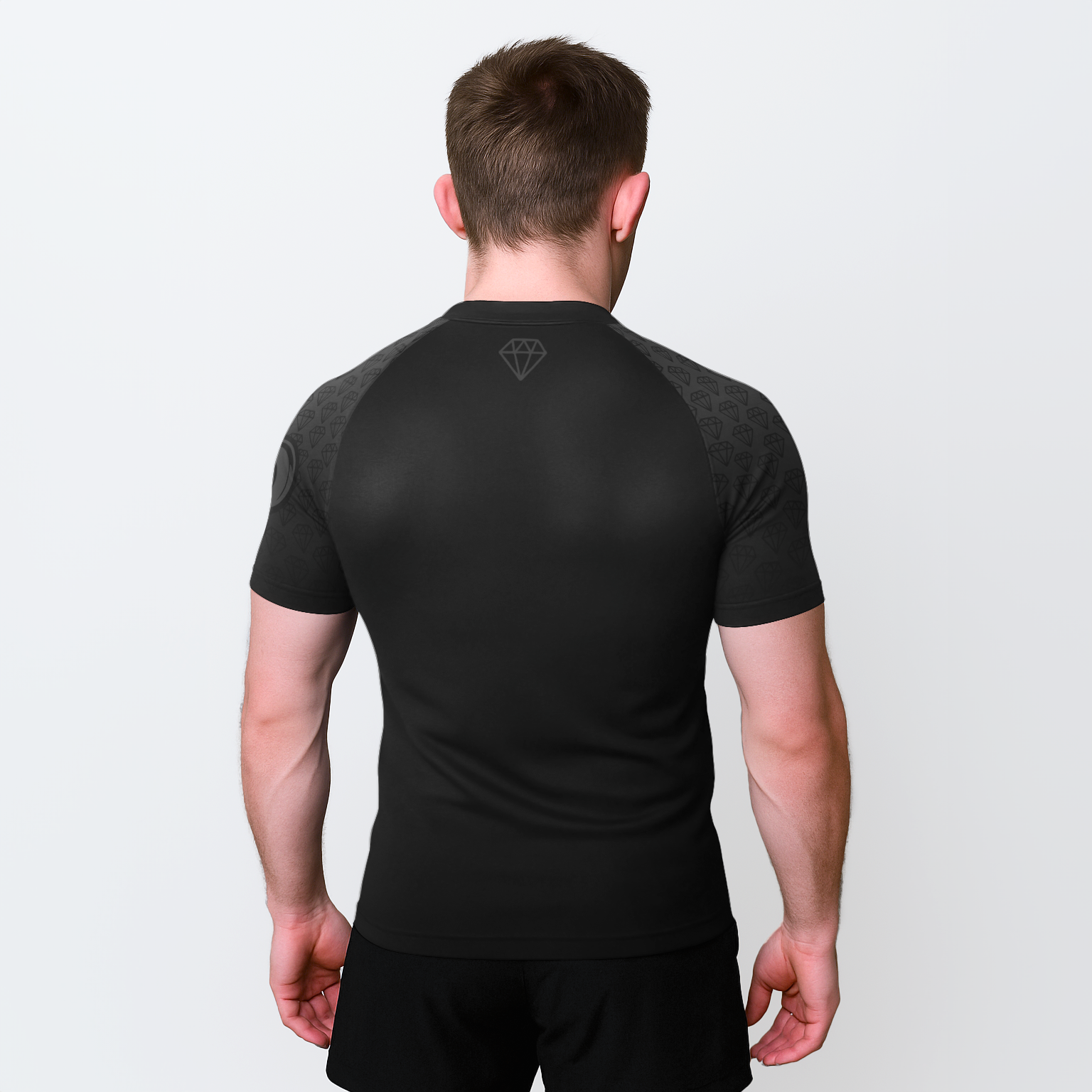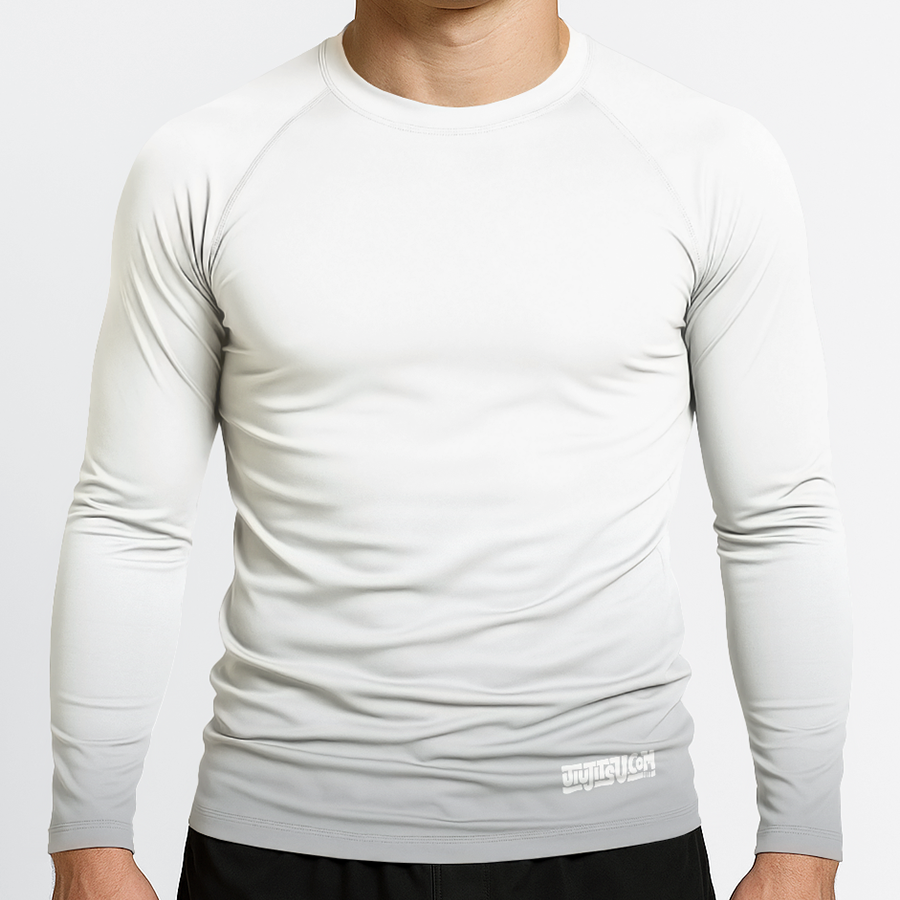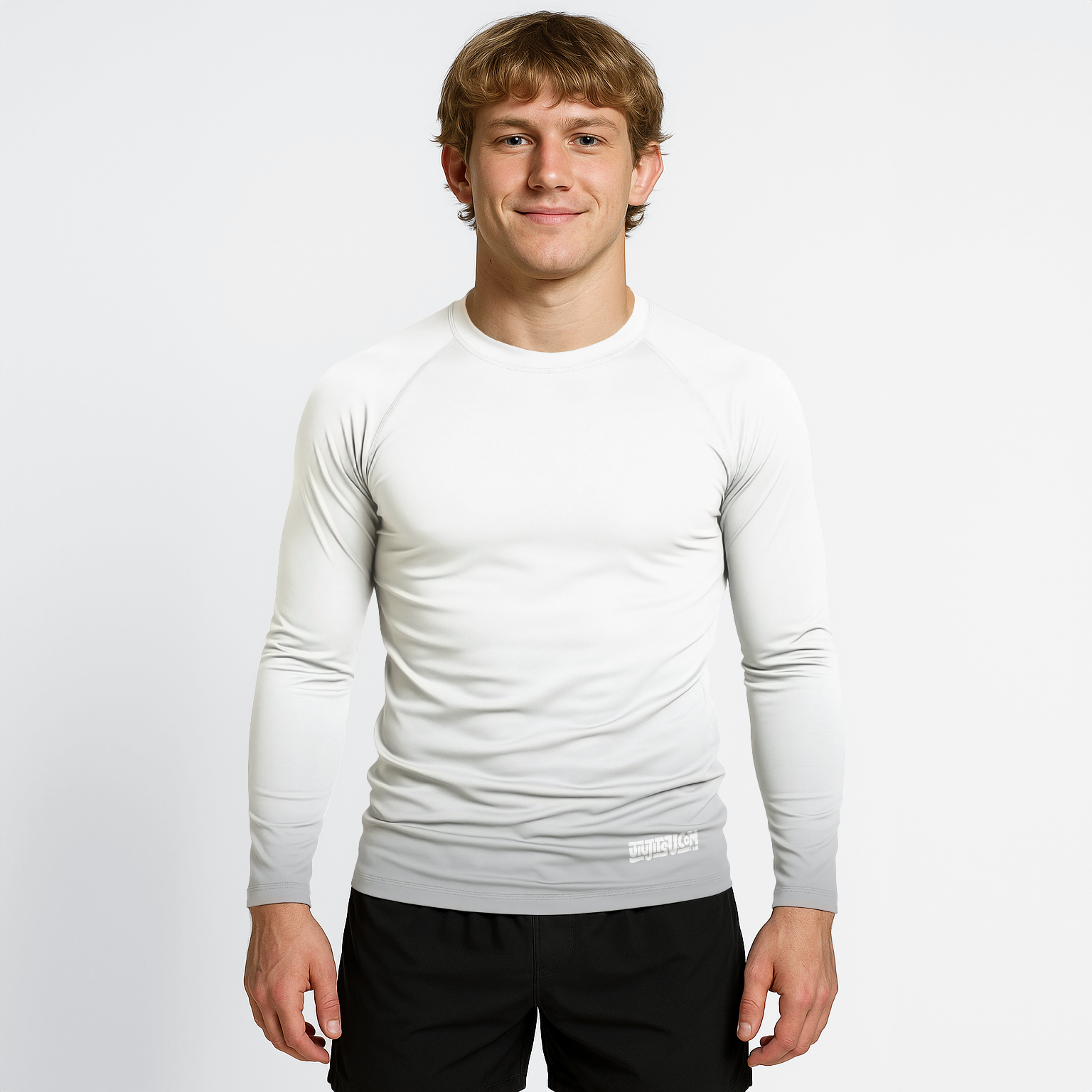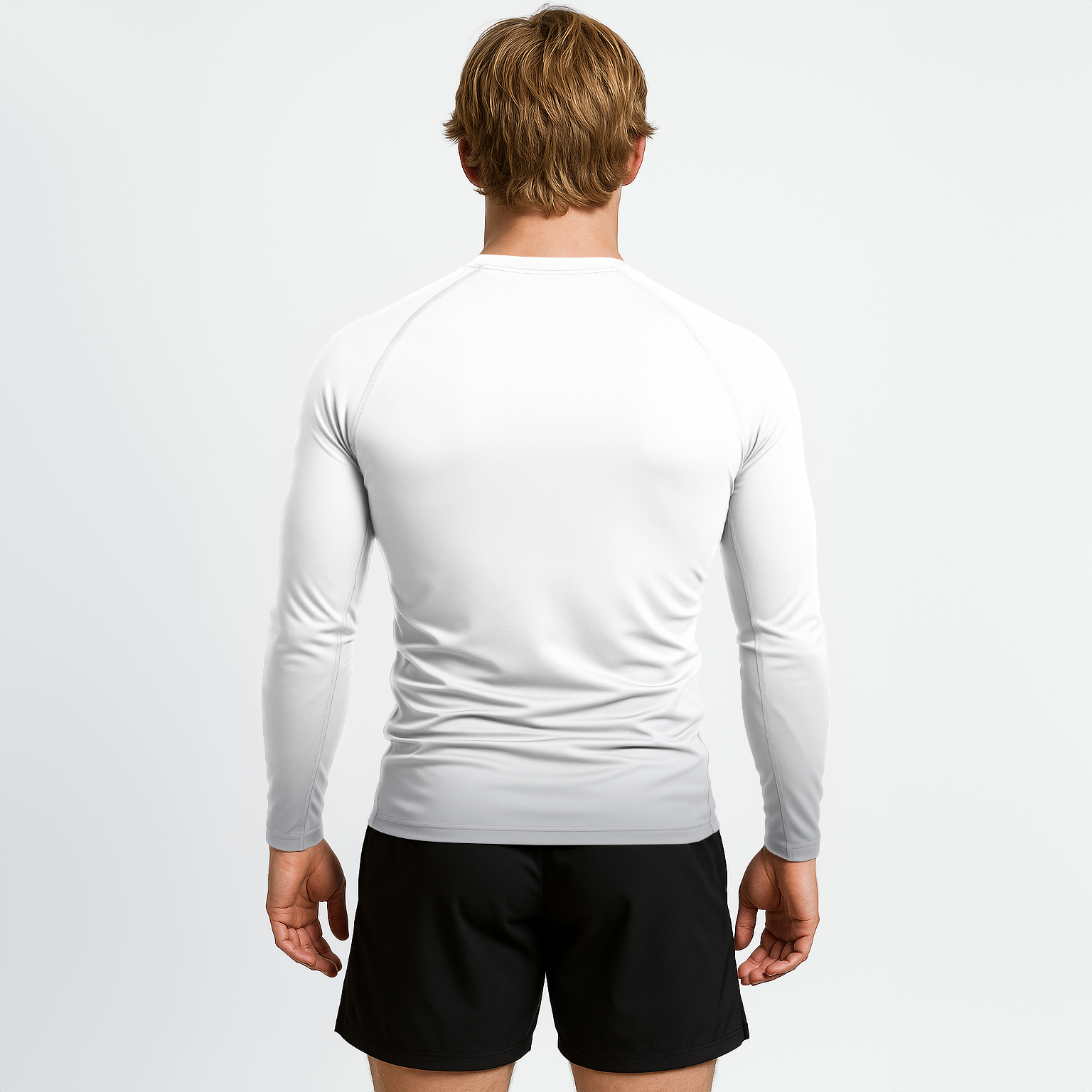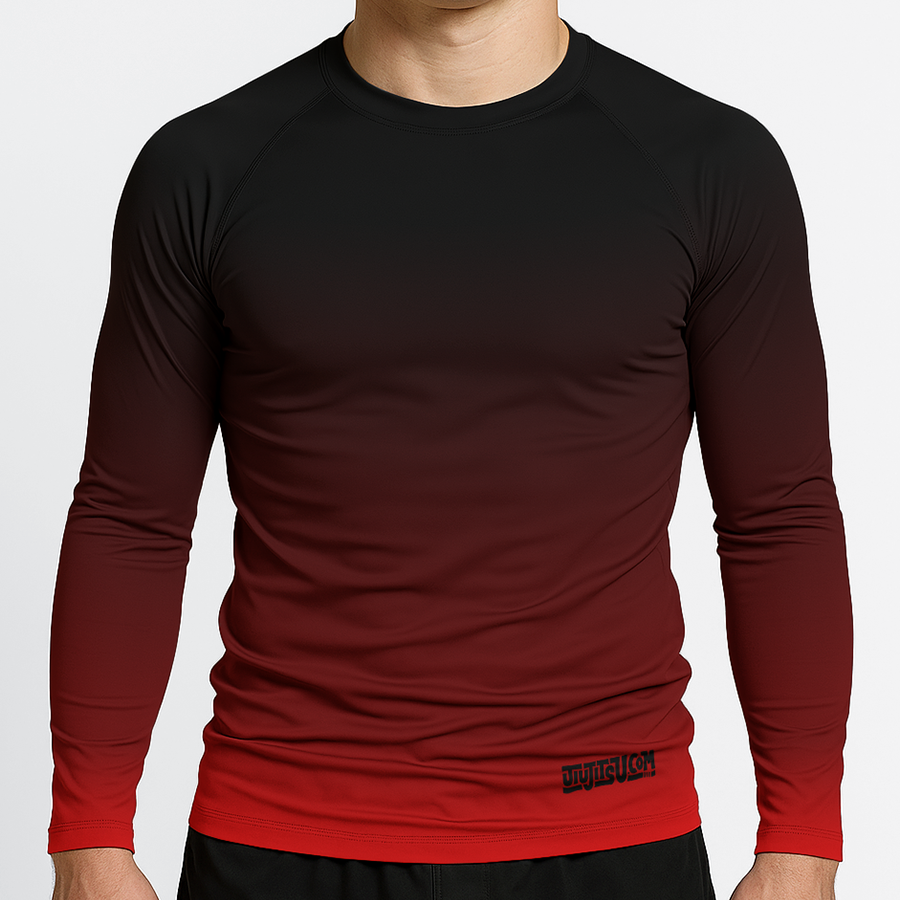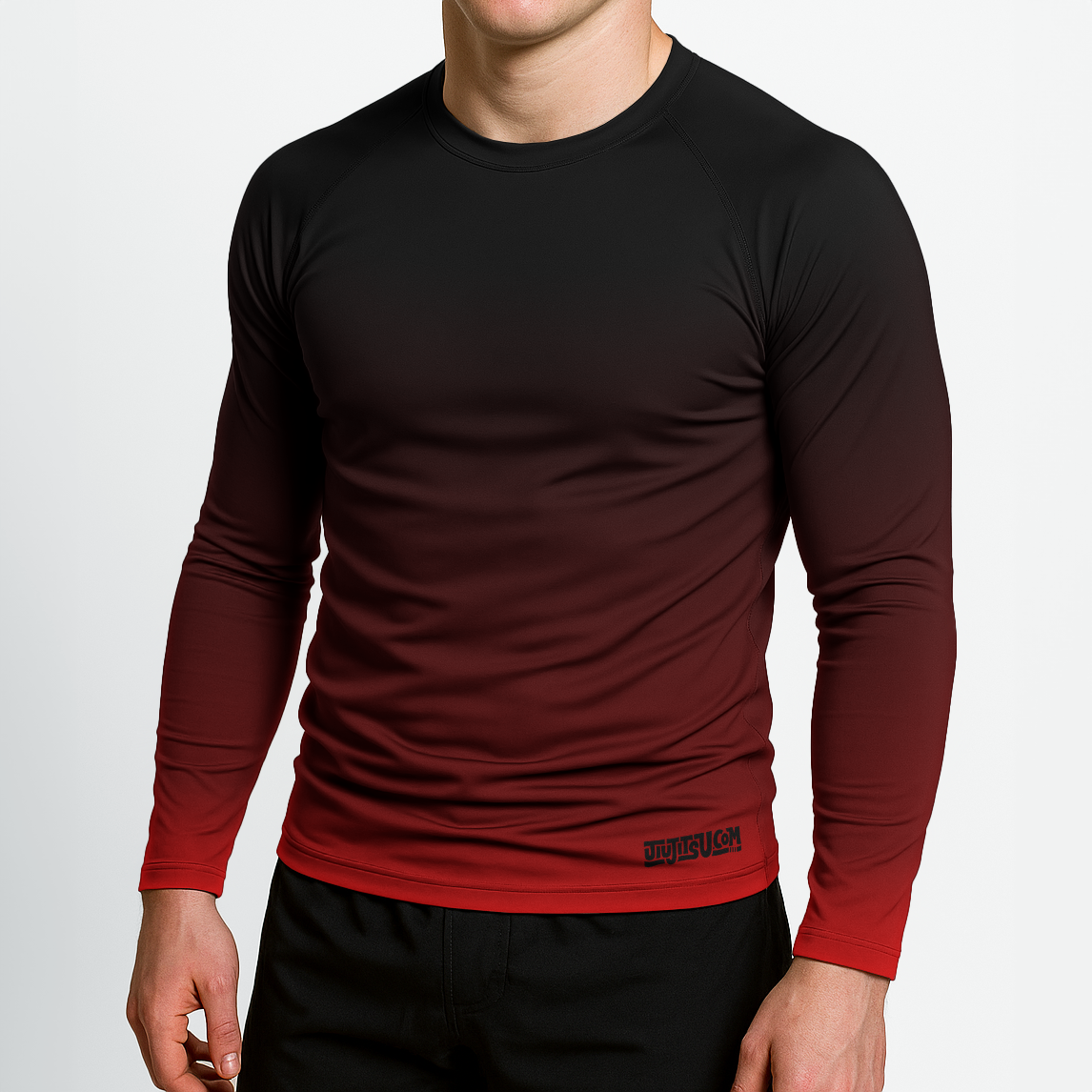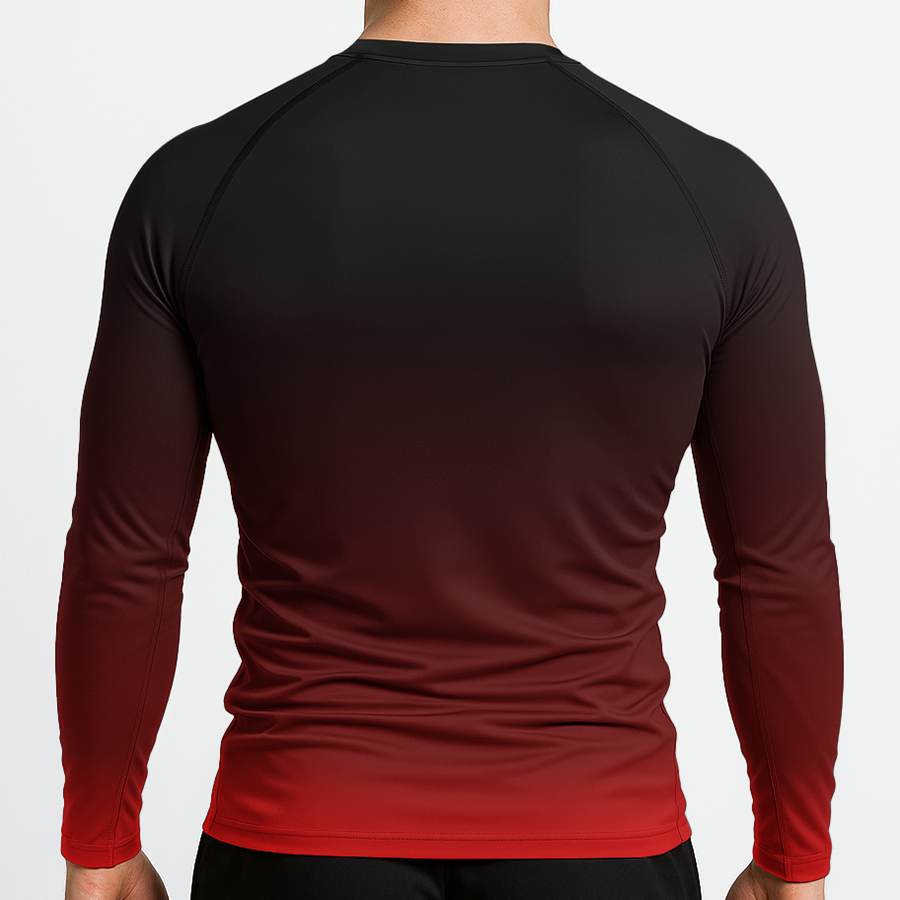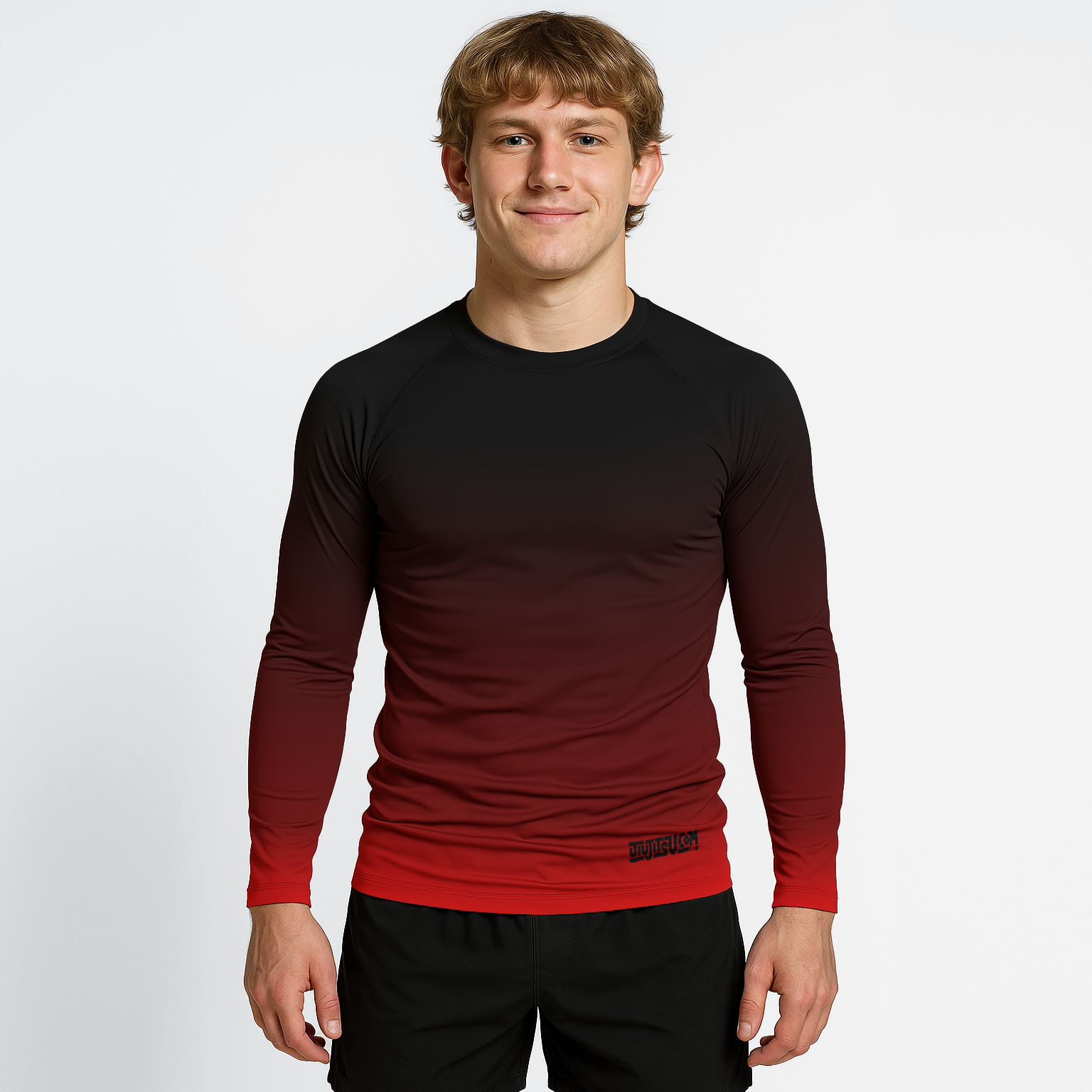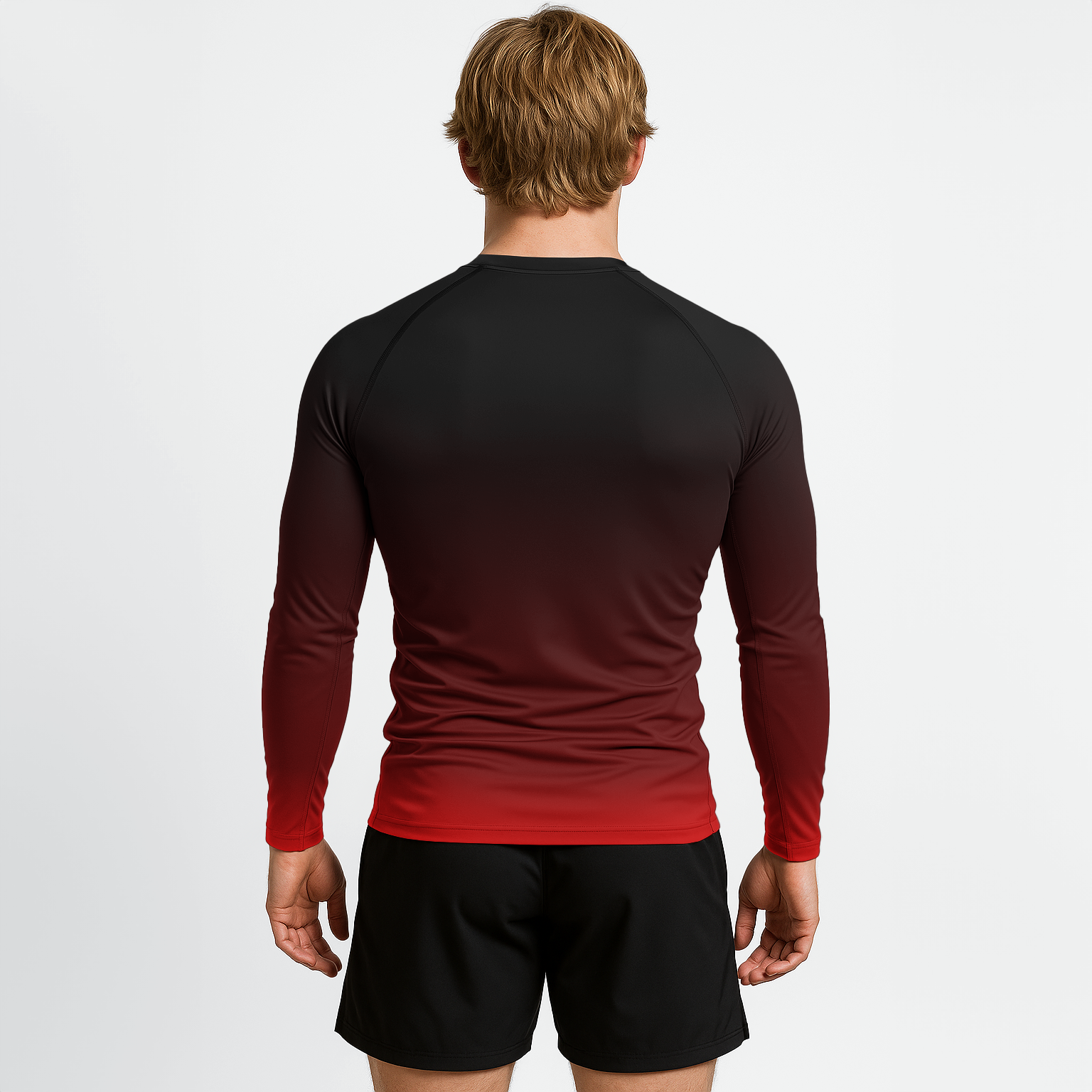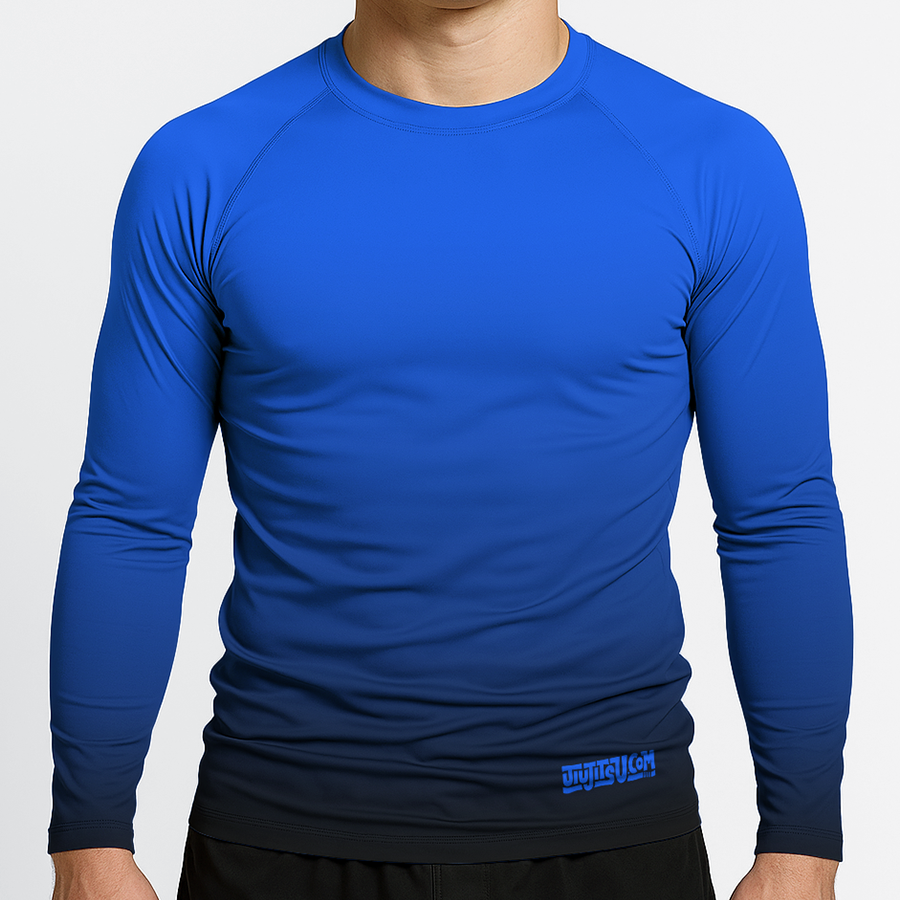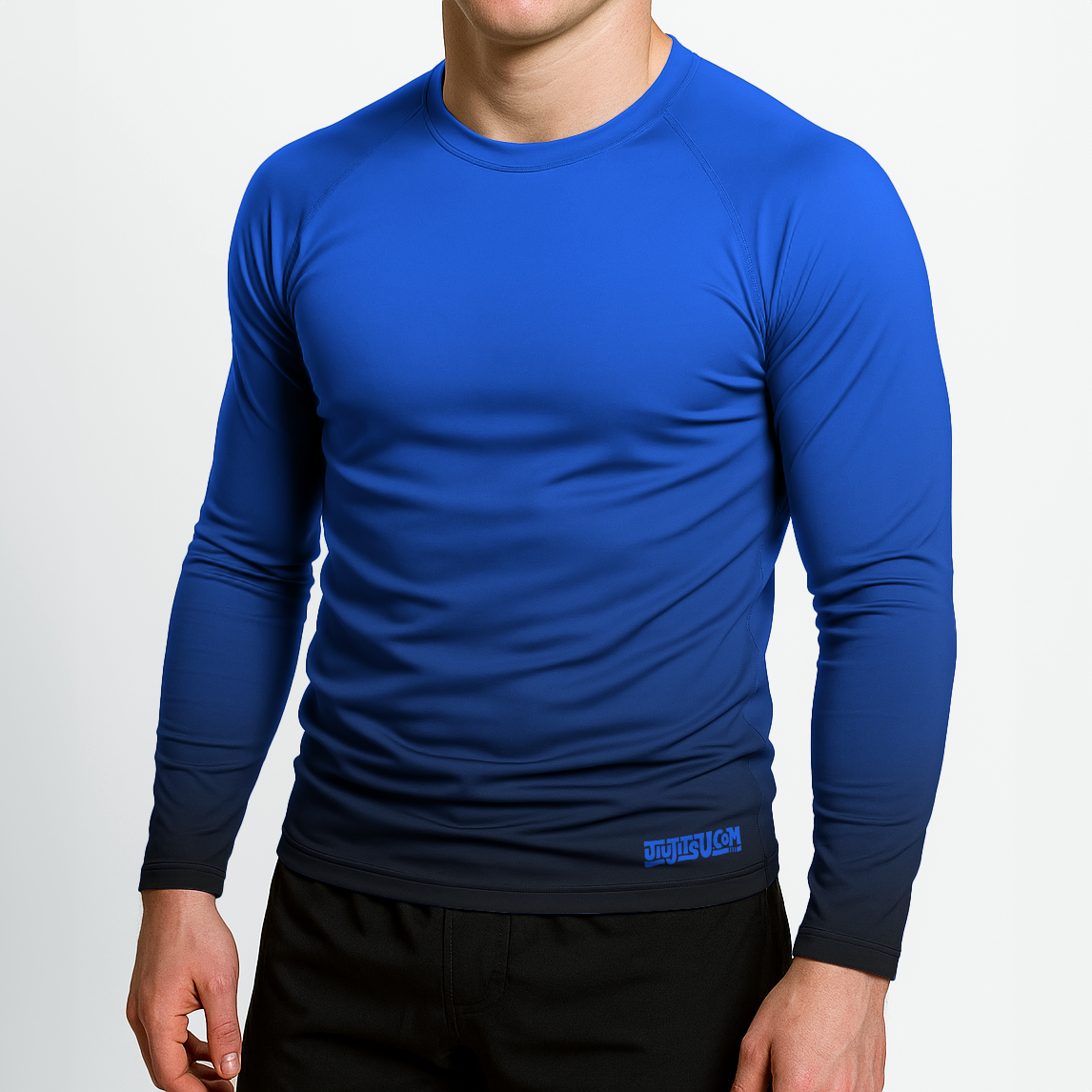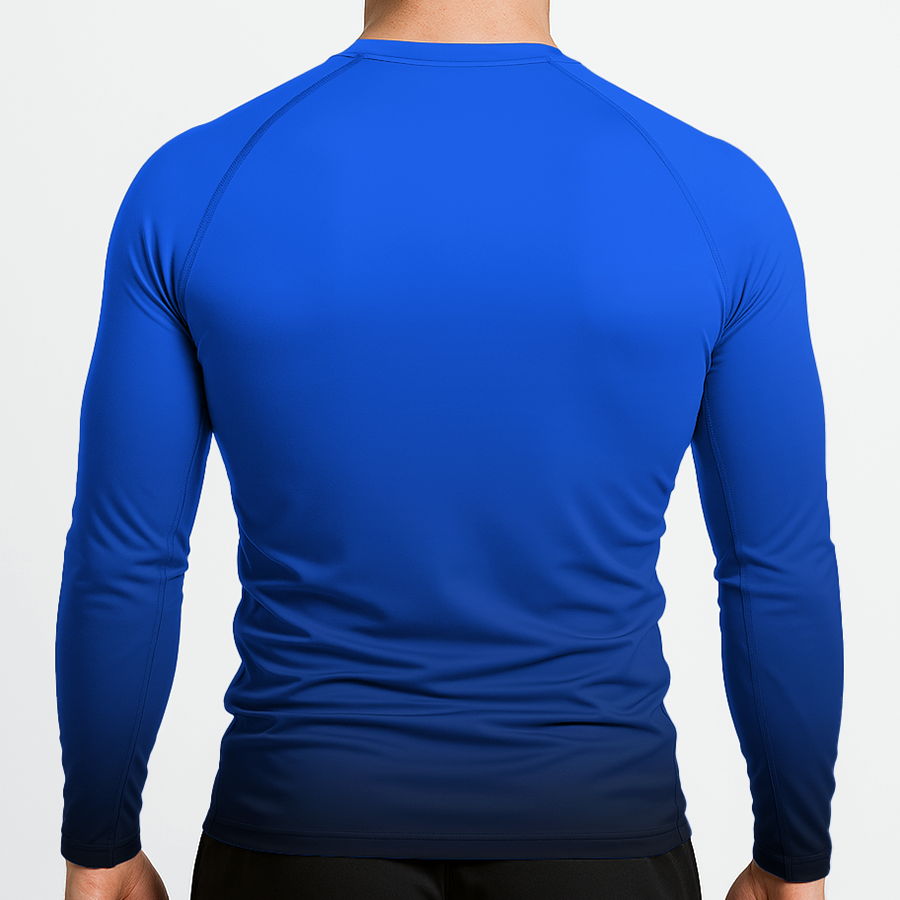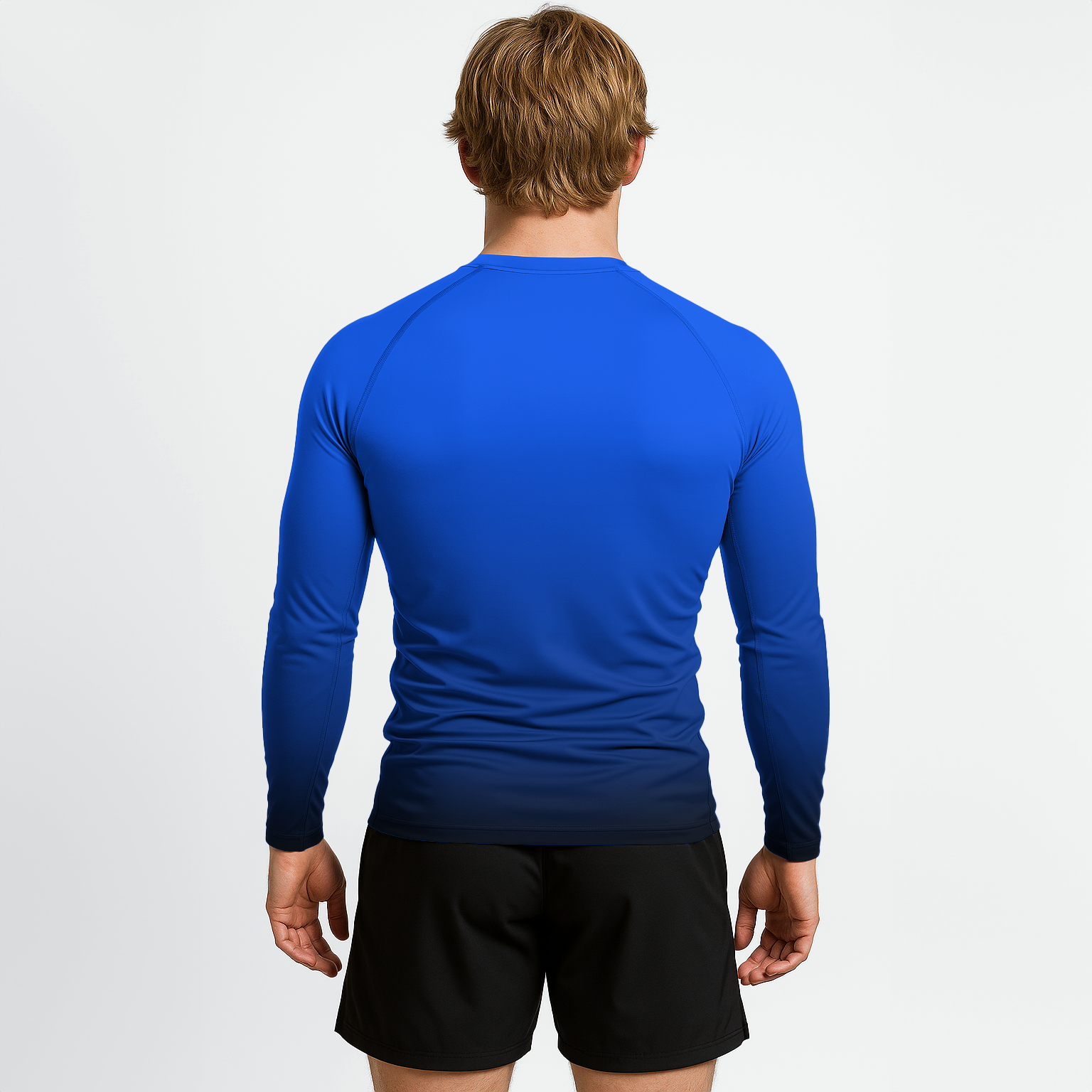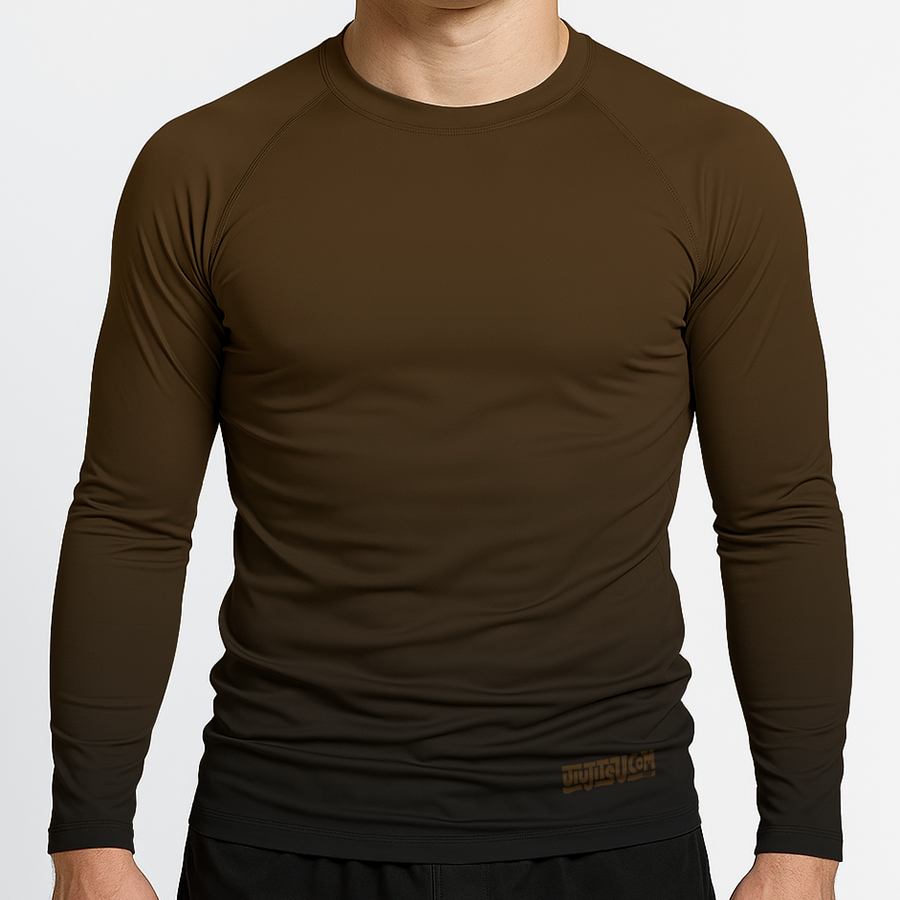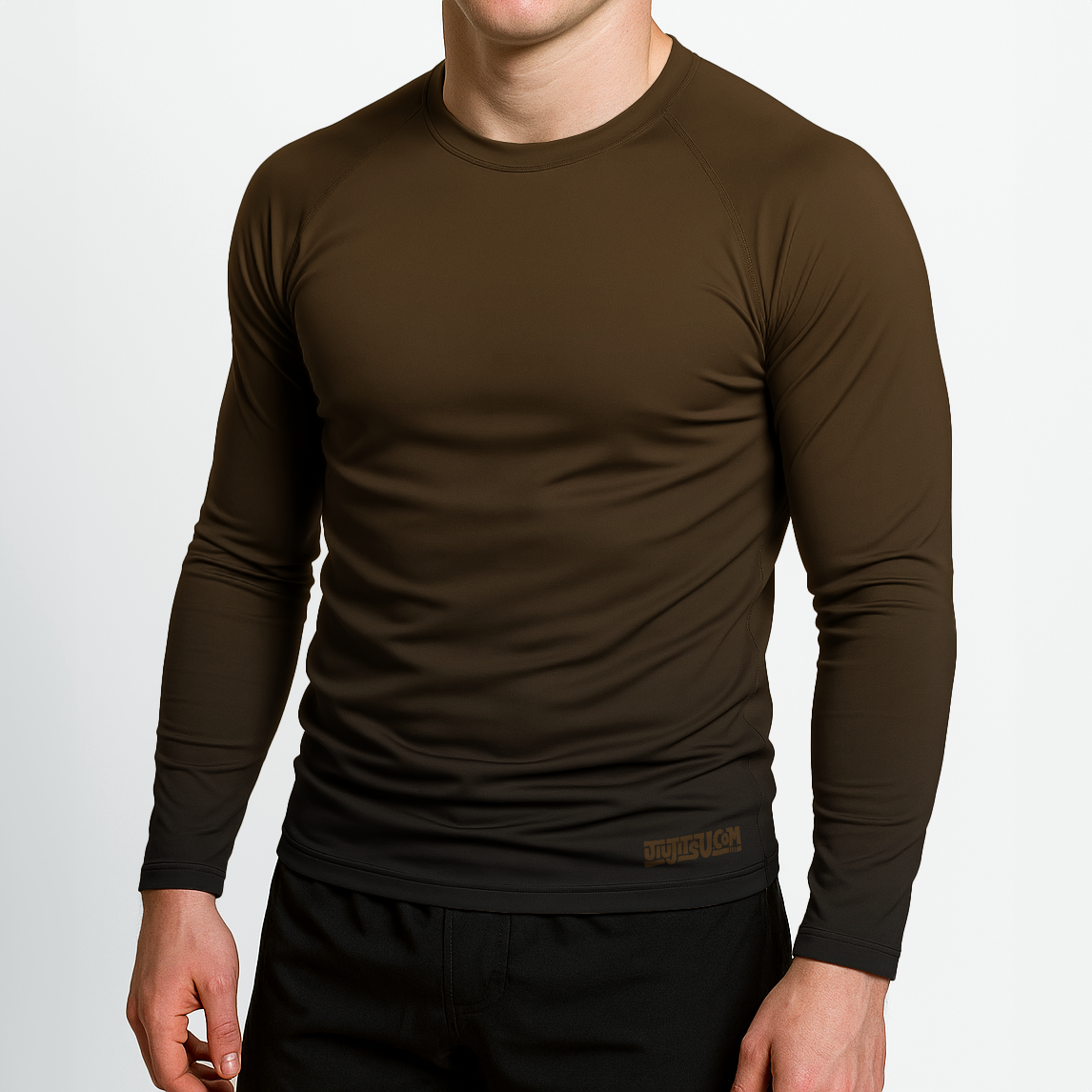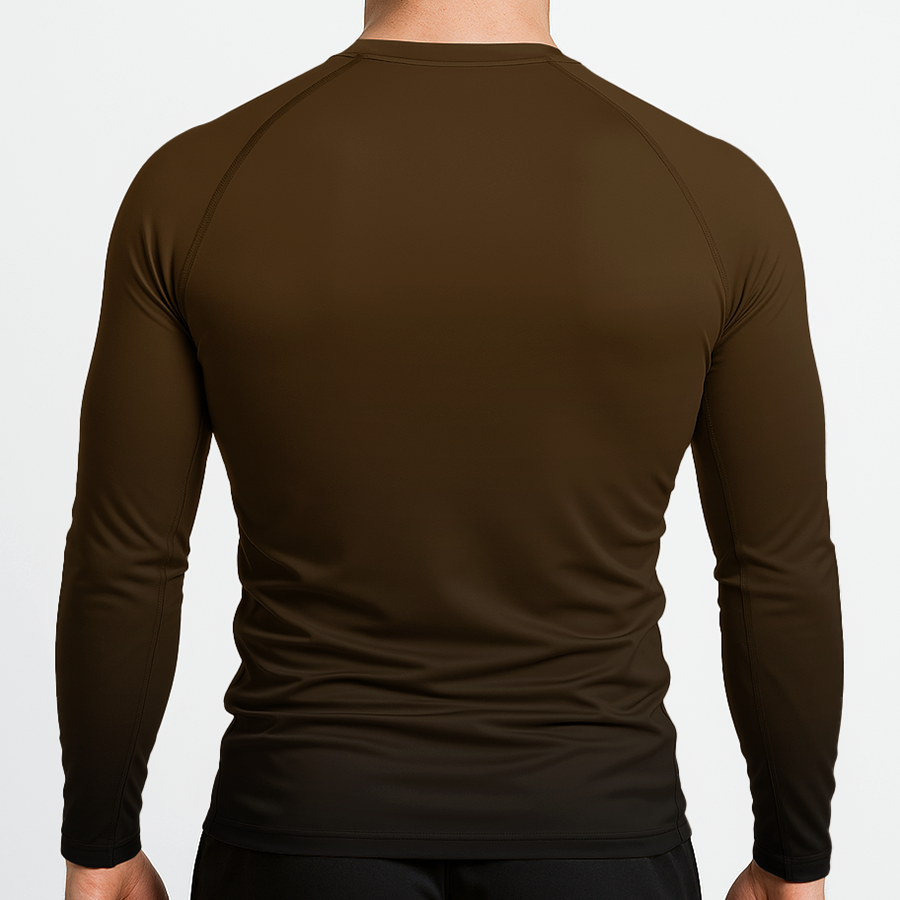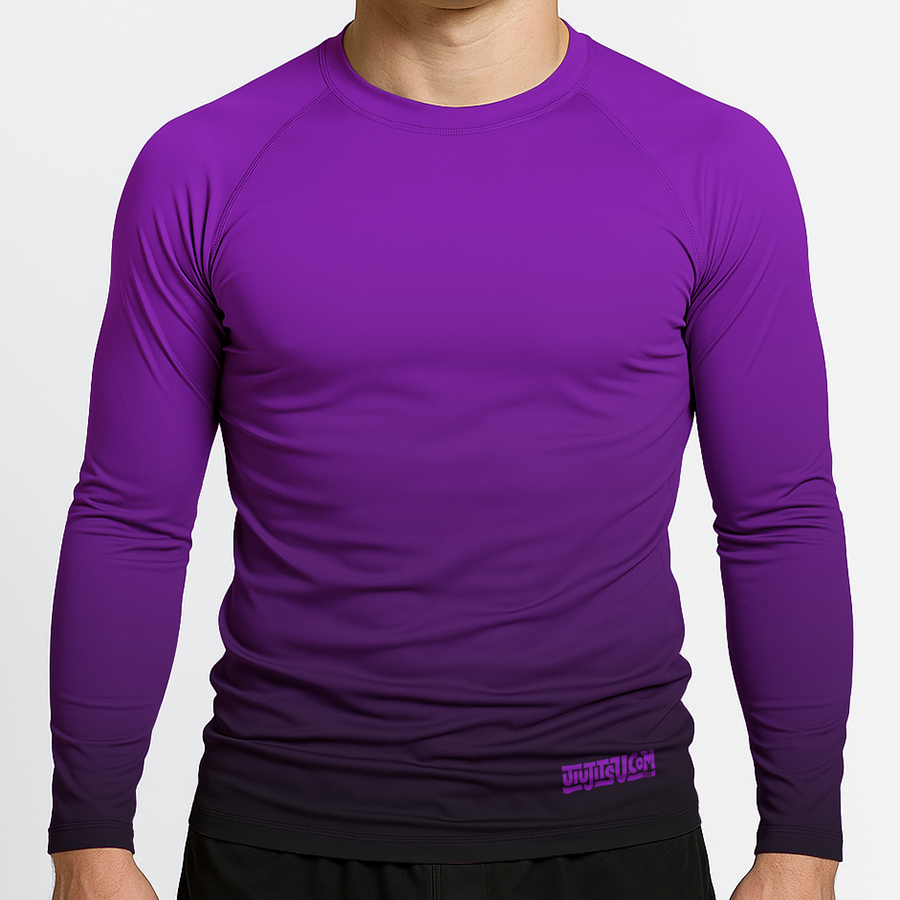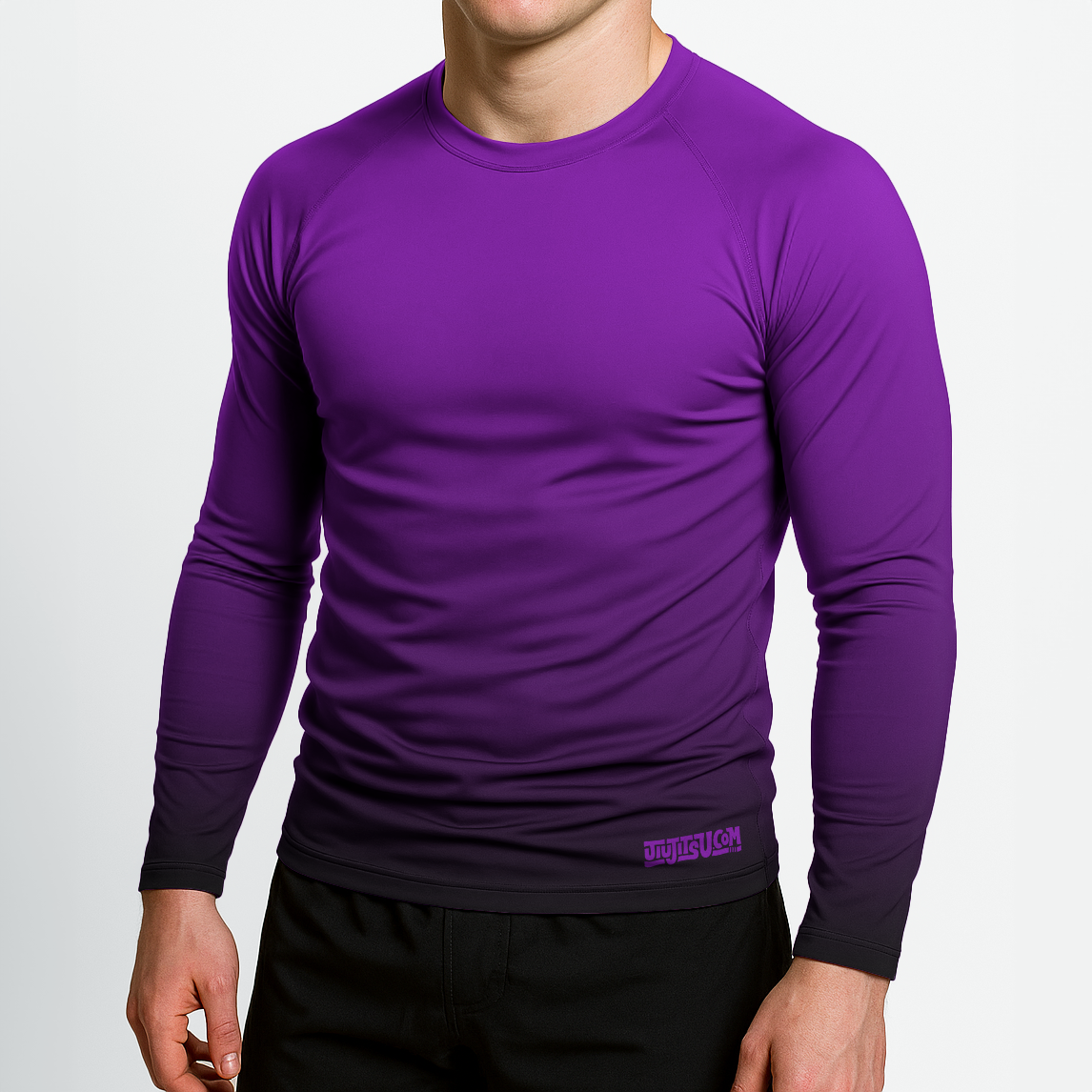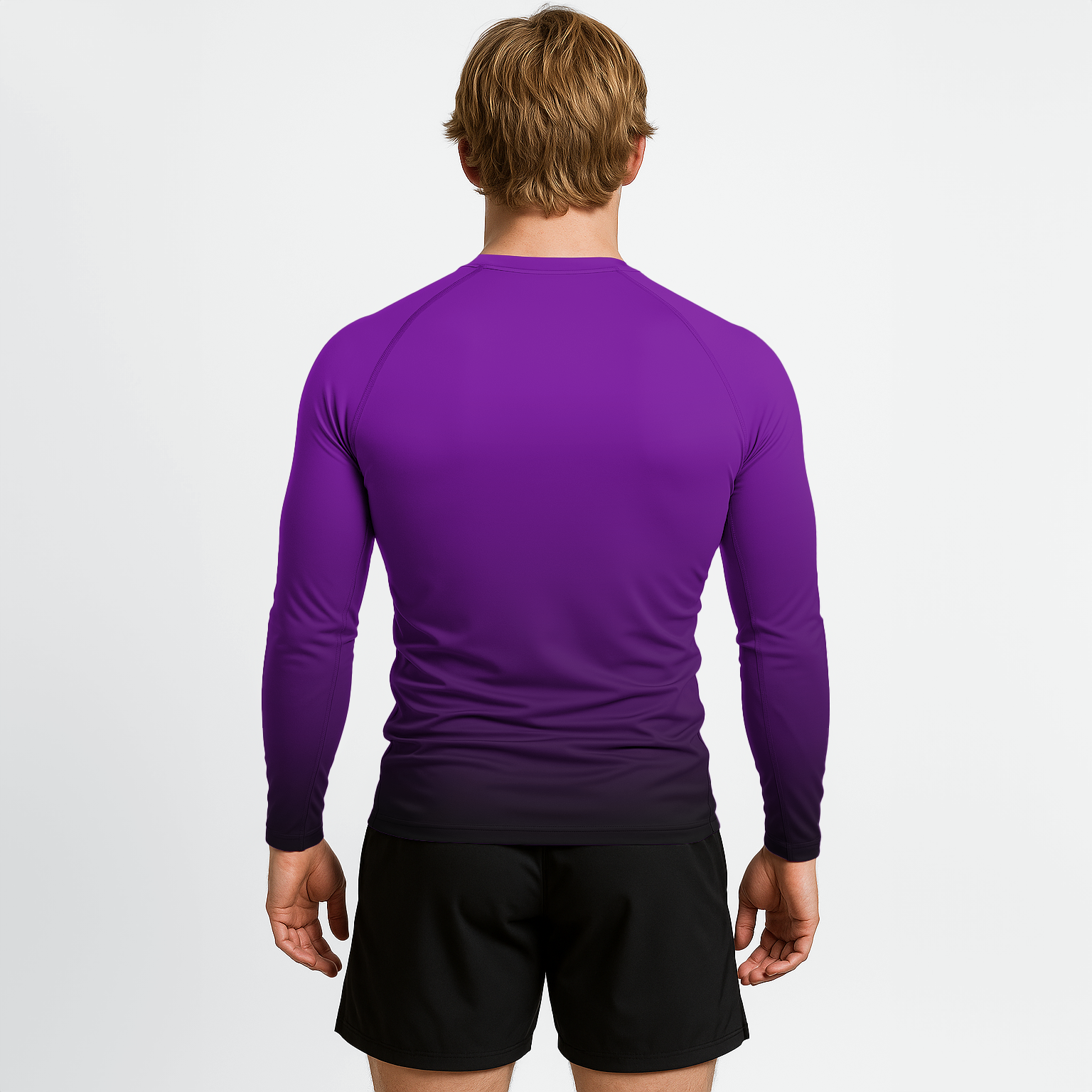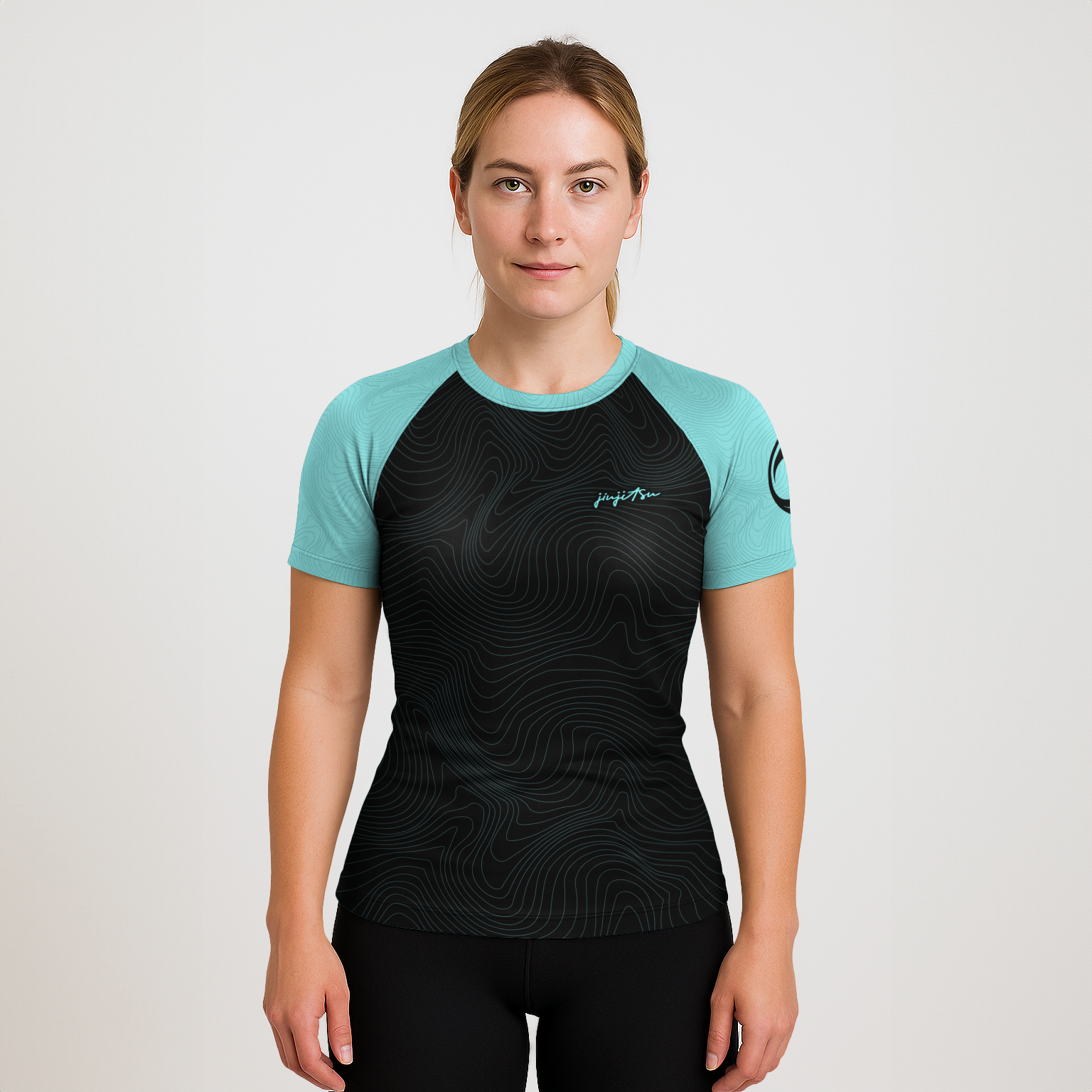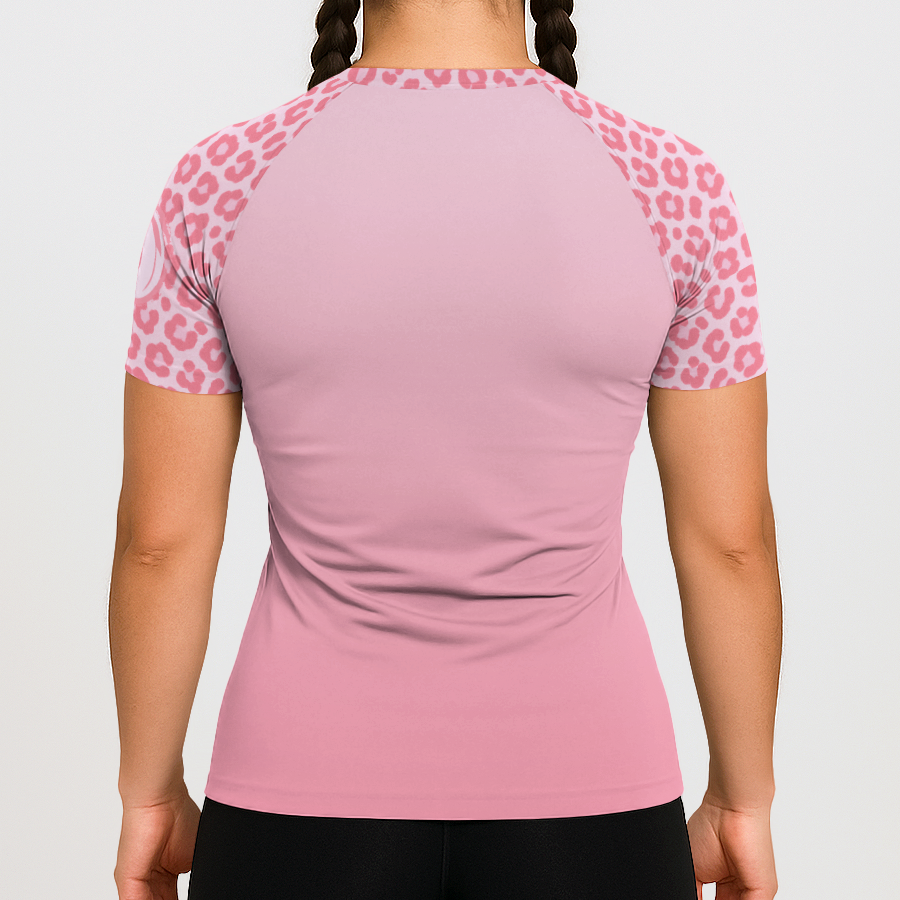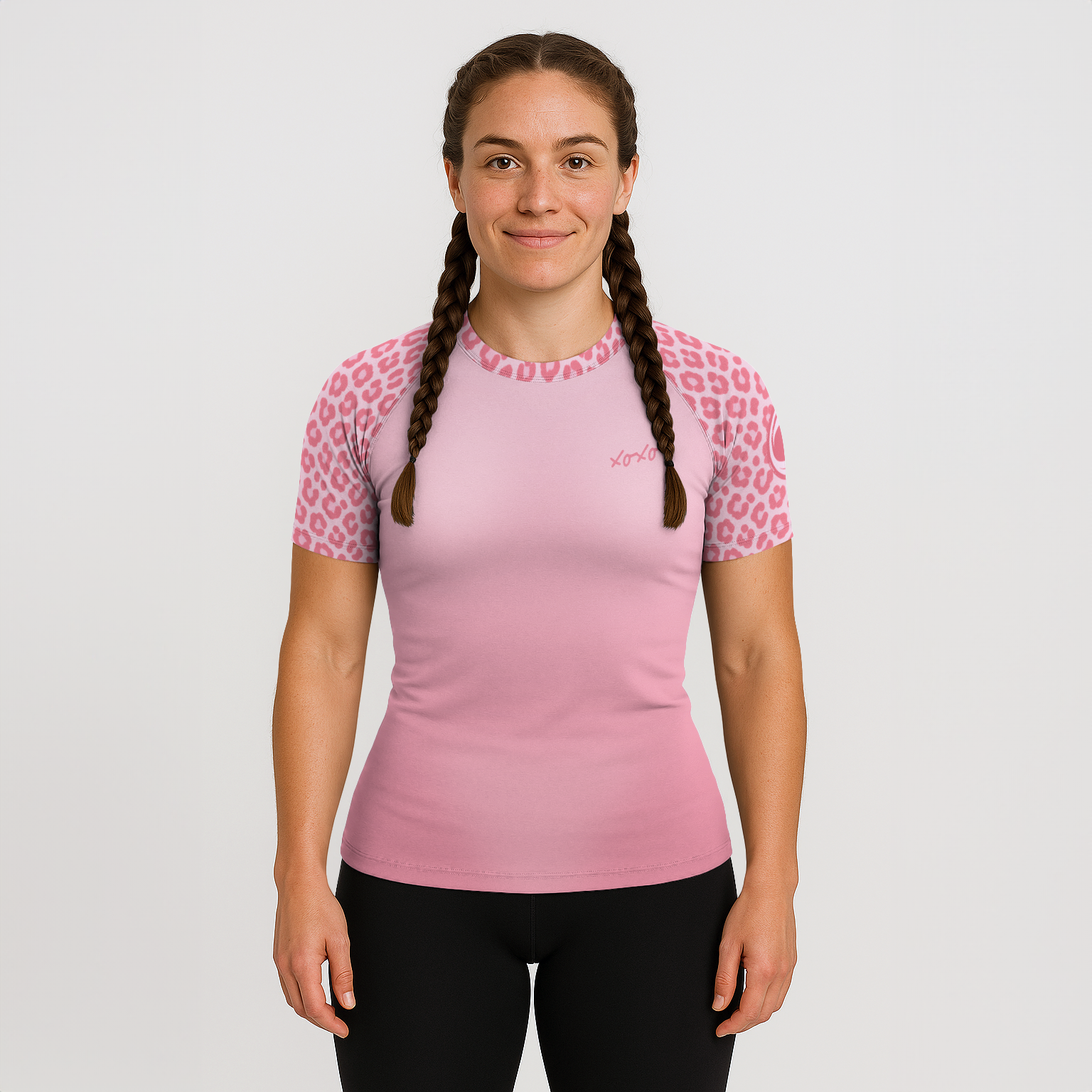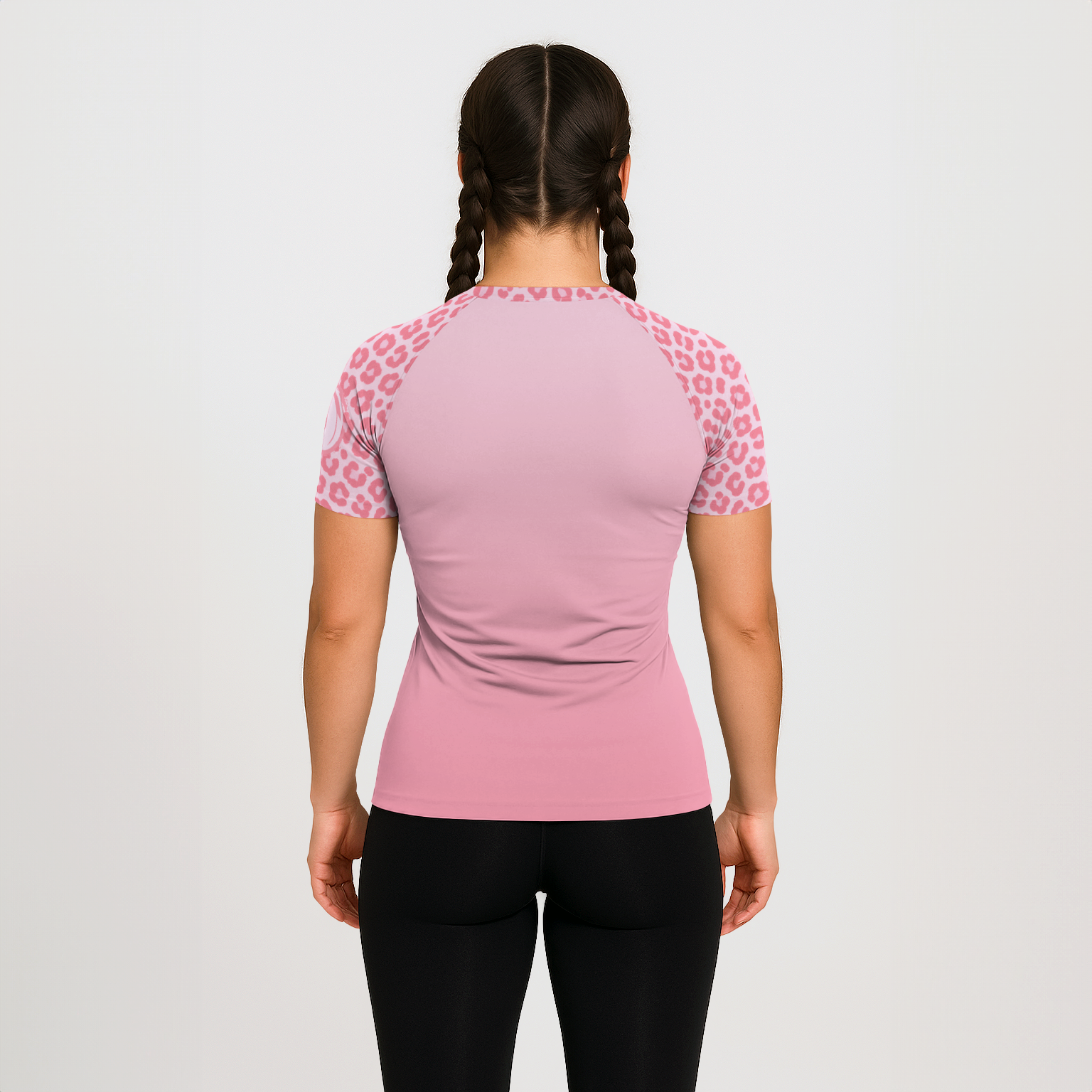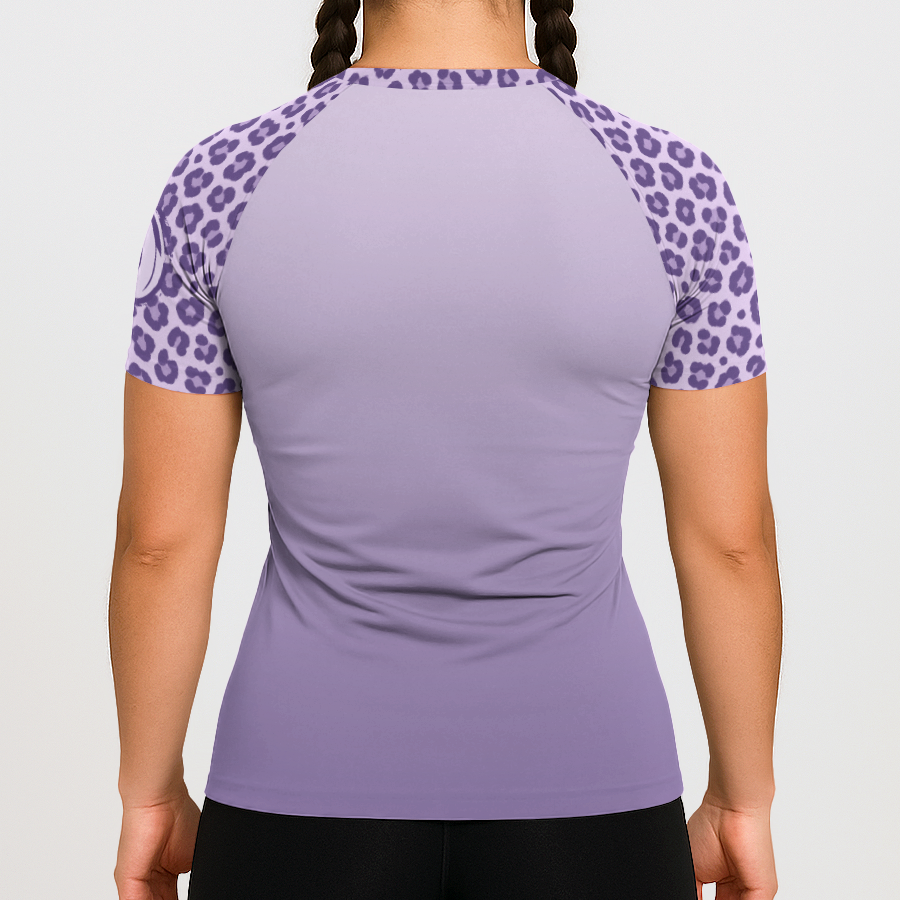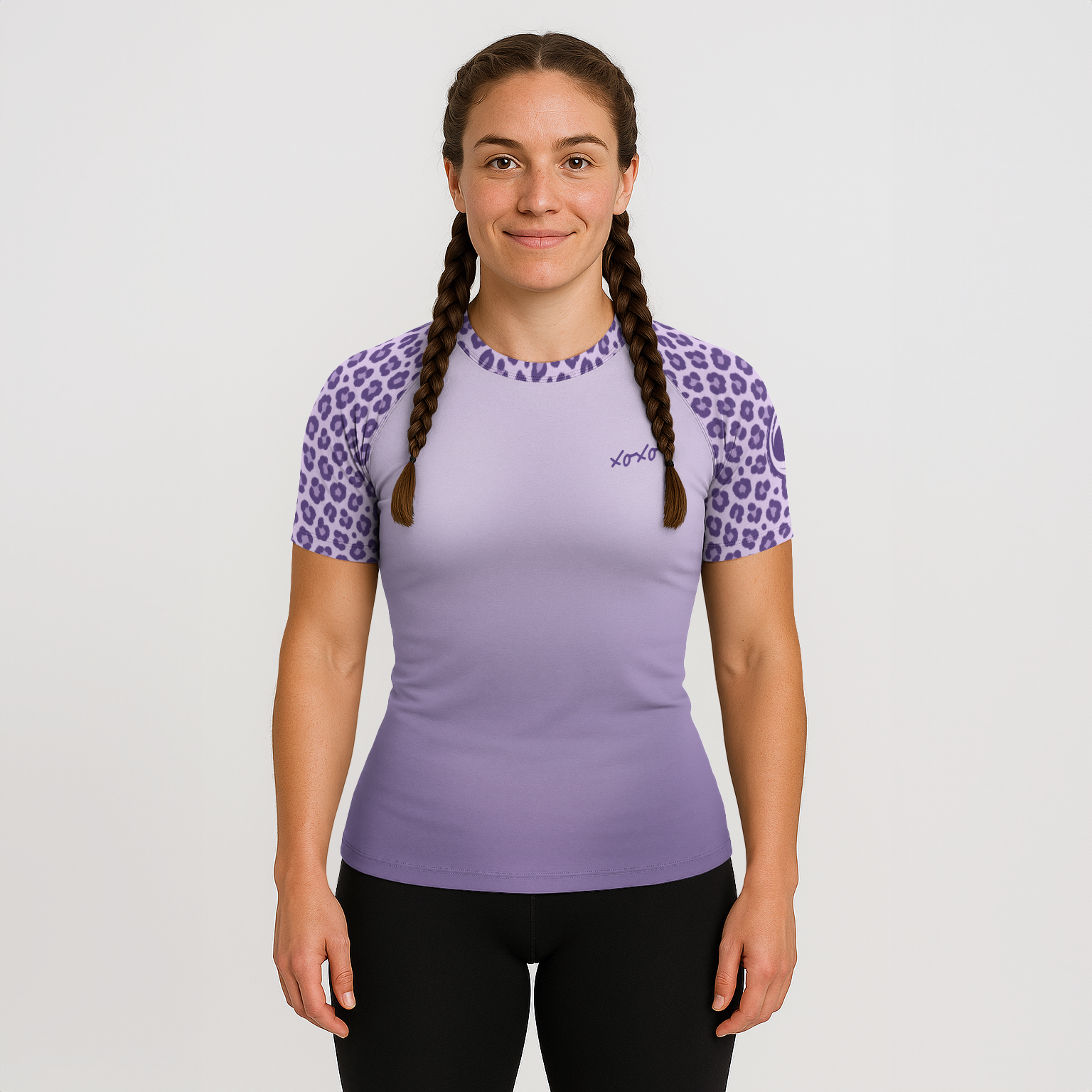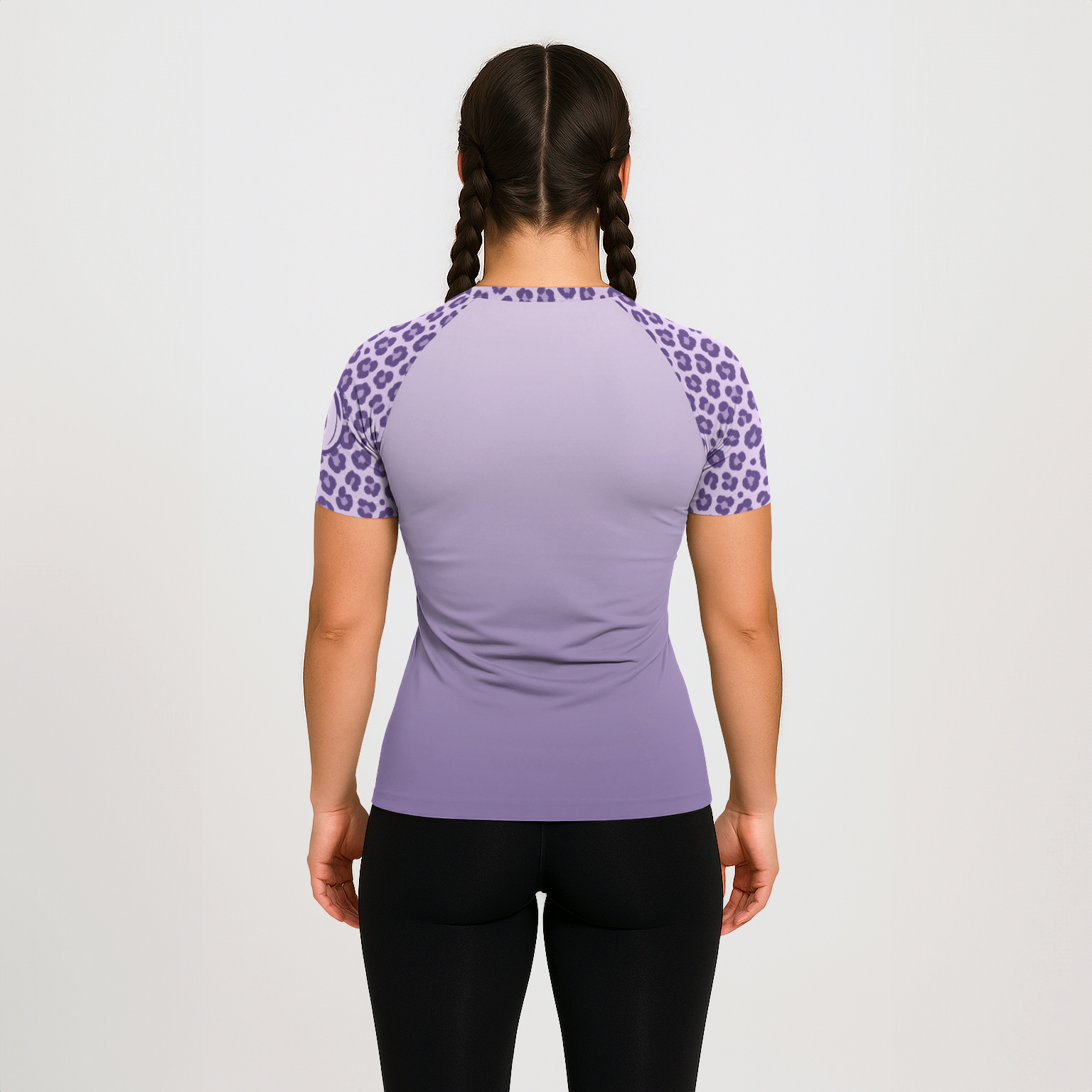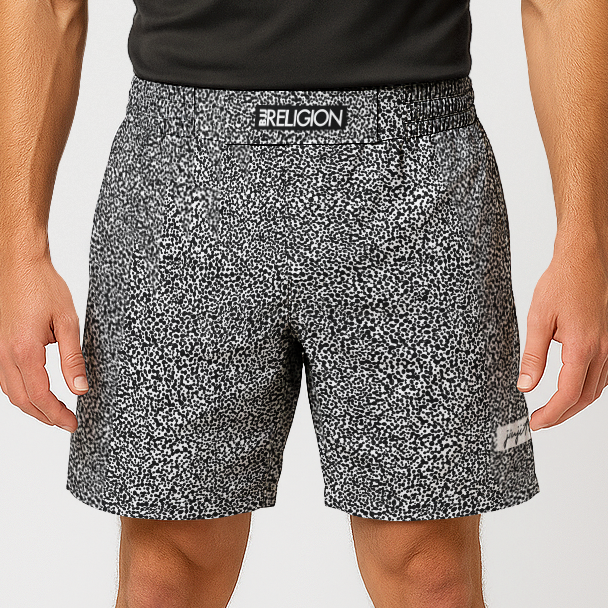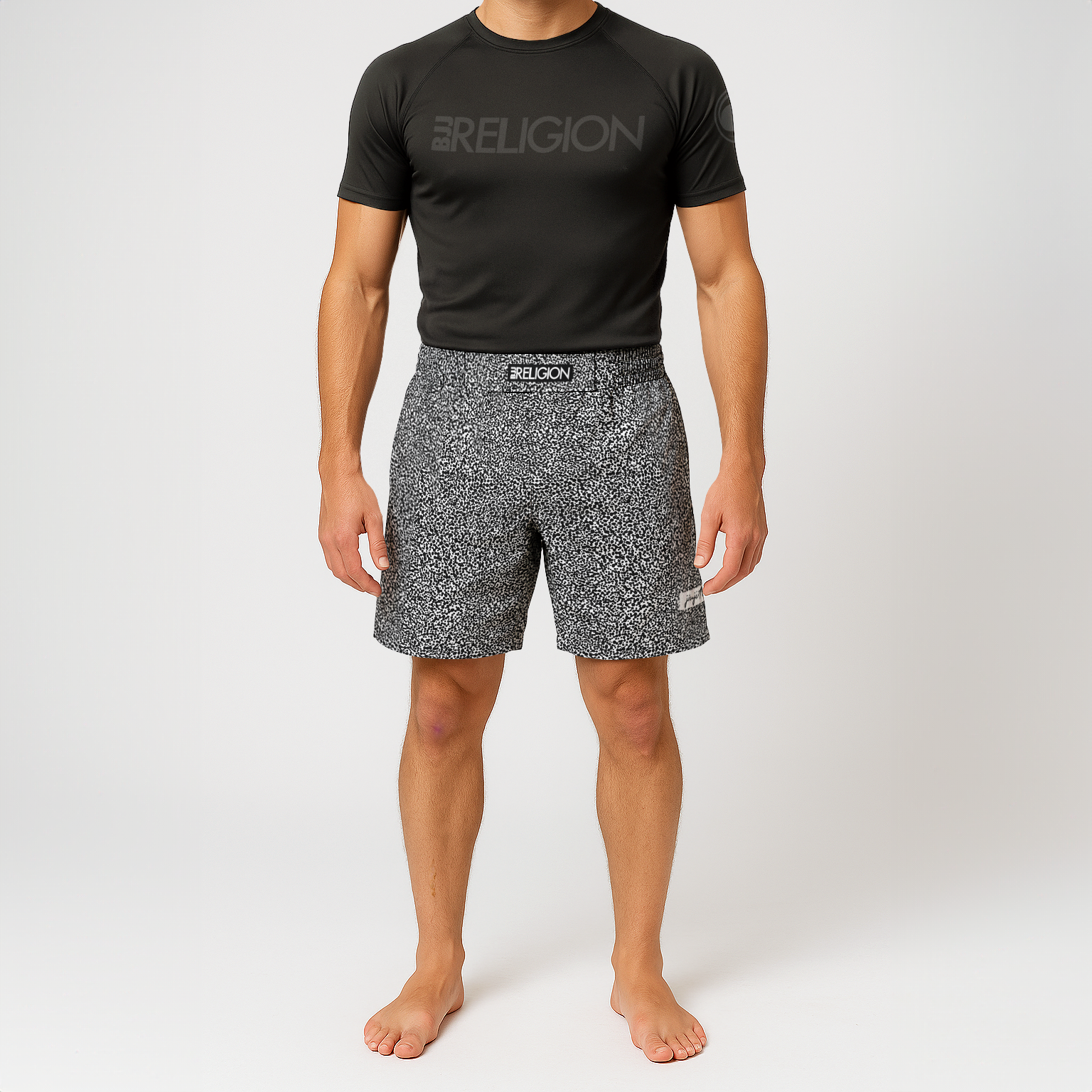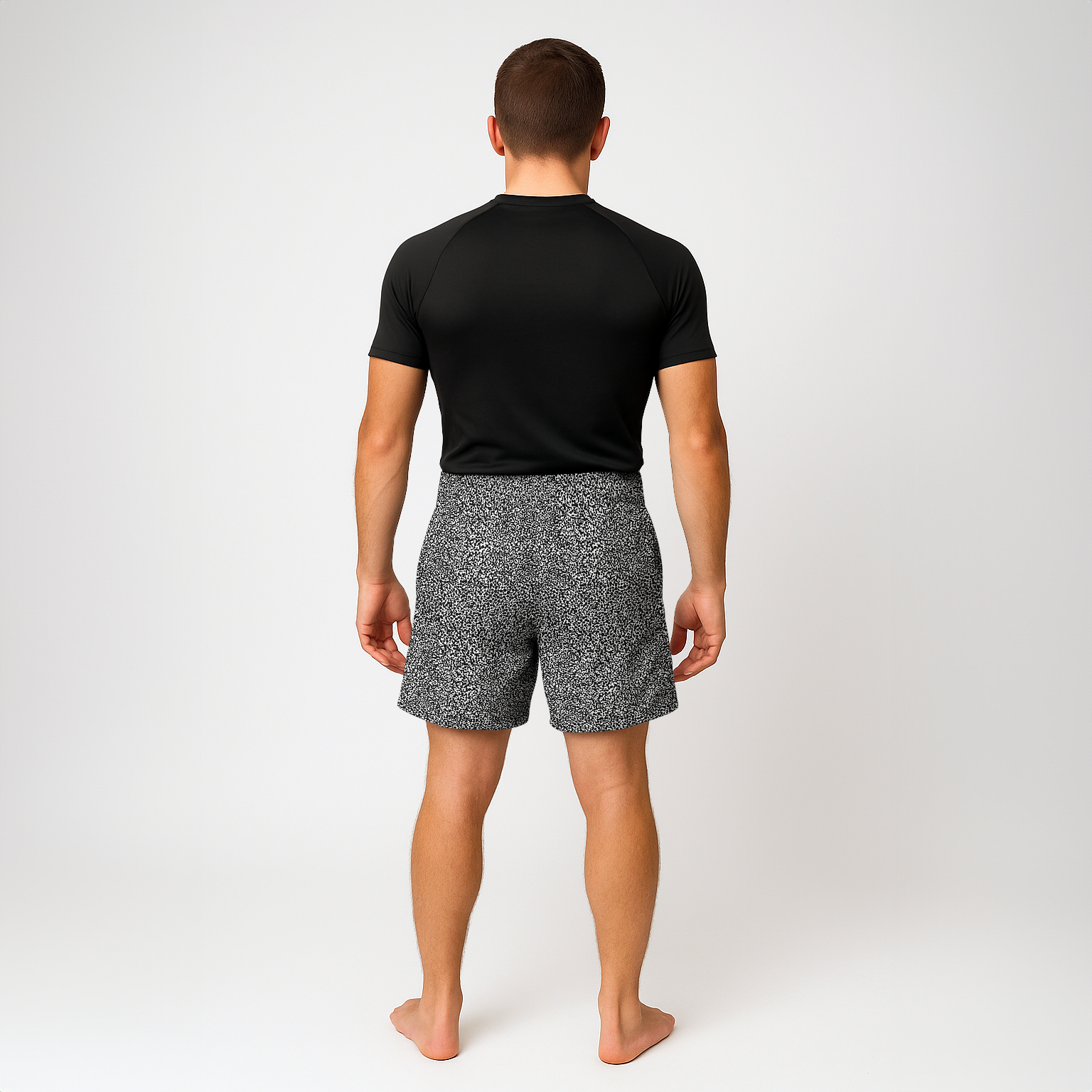The Importance of The Flow Roll
Brazilian Jiu Jitsu is a combat sport that will involve high-intensity training between you and your partner throughout the course of your BJJ journey.
Although its important to go very hard at full intensity in both training and competition, you should also spend a good amount of time training lighter.
Often called ‘flow rolling,’ rolling light with a focus on technique and positional transitions is an excellent way to add more depth to your game and get more out of your BJJ training.
This article breaks down everything you need to know about flow rolling, including what it is, why its important, and some tips to maximize your flow rolls in BJJ.
Let’s do this!
What does it mean to “flow roll” in BJJ?
Flow rolling essentially means rolling light giving your opponent some room to work and allowing the overall roll to flow between positions and submissions.
For example, suppose you are passing half guard.
In a hard roll, you would be hand fighting battling for the underhook and going for aggressive head position.
You are doing everything in your wheelhouse in terms of pressure and intensity to avoid being swept while you attempt to pass guard. You might even put some grind into your cross face on your opponent.
In a flow roll, you would likely either allow your opponent to get the underhook, or your opponent might allow the pass after a single pummeling exchange.
Passing guard in a flow roll does not mean you suddenly jack the heat up to 100 percent as your chase a submission.
In fact, you should consider giving your opponent just enough room to work an escape, provided they are using good technique.
Generally speaking, a good flow roll should involve a high number of different positions and movement exchanges relative to a more intense roll where a lot of time might be spent battling before any progress is made one way or another.
In terms of submissions, you can submit in a flow roll, however you should not be chasing the tap with every last ounce of strength.
Instead, go for perfection in your technique, grips, and control points while your opponent provides moderate position.
If you get to a position where you can apply a submission pressure, consider easing off enough to allow your opponent to work some defense and escape maneuvers.
Overall, flow rolling is a great way to see exactly where your library of BJJ techniques begins and ends.
The goal of rolling in this way is to ideally go for the most correct “next step” at any given point in the roll.
You will likely find that when forced to slow down just enough to really think through each of your movements, there are gaping holes in what you know how to do that will often get overlooked during the course of a very intense roll when both players are exerting near-maximal effort.
In a nutshell, flow rolling involves each player allowing the other just enough space and time to move to the next technique, ultimately resulting in an almost artistic display of various BJJ positions and transitions as the two players demonstrate their technical knowledge of jiu jitsu.
Why flow rolling is important in BJJ

Although on its surface rolling light might seem counterintuitive in a sport and martial art that is designed to allow you to win a physical altercation, it is actually a key aspect of developing as a martial artist.
The following are the top important reasons to practice flow rolling and the different benefits this type of training.
Finding holes in your game
As I mentioned earlier, technical holes in your game can often be masked by intensity when rolling.
For example, many “tough guy” types will hit a point during rolls where they are stumped, and then they resort to pulling down on your head or attempting to crank your neck, among other common ‘lack-of-technique’ based attempts to beat you in practice despite lack of technical ability.
Note that this is not to say cranking the head shouldn’t be permitted since it is a legal ‘move,’ its just not optimal when attempting to flow roll.
If you slow it down and flow roll, you and your opponent should not be going for this cranky-type approach.
Instead, look for the best technical movement or position change that you should go for during each exchange.
If you find yourself stumped as to the best move from a technical standpoint in certain positions, it’s a good time to make a mental note and discuss the best options with your coach or a more experienced BJJ practitioner.
Allowing you to train more with less injury and faster recovery
Let’s face it. While we all want to feel invincible, hard training will take a toll on your body.
Flow rolling allows you to practice jiu-jitsu and improve your technical game with a much lower impact and injury risk compared to all-out rolling.
Much of the aches, pains, bruises, and bumps you get in jiu-jitsu are not from the techniques themselves, but rather than un-intentional impact of parts of your body onto your opponent’s body, or directly into the floors.
When you flow roll, you can avoid much of these impacts because both of you are allowing each other to work and not attempting to pulverize each other at every chance.
Over time, this can allow you to train more both from faster recovery and fewer injuries over time. In the long run, incorporating more flow rolling into your training will put you ahead of the always-going-as-hard-as-possible students.
Compensation for skill disparities across belt ranks
Flow rolling is very important when upper belts or advanced students roll with lower belts or more beginner-level students.
There is no reason to go as hard as possible when rolling with less advanced students who you can submit with relative ease.
If you are an upper rank and rolling with a lower rank, forcing yourself to flow roll even if the lower ranking student is cranking up the intensity is vital as a mature and experienced martial artist.
Going hard on the tougher-type lower belts once every so often to remind them of the disparity is one thing.
However, when you roll with newer students, especially those who appear more timid, being able to comfortably flow roll with them and allow them to work is a sign that you truly are a more advanced BJJ practitioner.
Flow rolling is fun
While many of us enjoy a nice hard roll, flow rolling can also be exceedingly fun.
It almost becomes a dance as you are feeding your opponent the next option and seeing what they go for without fully resisting with every ounce of effort.
You might often find experienced upper belts laughing as they effortlessly move through sequence after sequence, allowing each other just enough space to flow into the next positional exchange.
At the end of the day, BJJ is supposed to be a fun activity.
If going hard all the time becomes a drag, you may find flow rolling is a great way to get more enjoyment out of your training while simultaneously giving you a serious benefit in terms of your development as a martial artist.
Tips to maximize your flow rolling
As discussed, the goal of flow rolling is not to win every grappling exchange, but rather to follow overall paths in jiu jitsu with a give-and-take between your opponents.
The following are a few quick tips to maximize your flow rolling skills.
Do not use excessive pressure
If you are flow rolling and end up in a dominant position where you can apply pressure, dial back the intensity of your pressure, and allow your opponent to work the escape.
It’s far more important not to get bogged down in a stalled-out positional exchange than it is to win every position, so just remember that
If you do not know where you are, let your opponent work
If you find yourself lost as to the next move, rather than going into the mode where you just try to stop everything your opponent does, allow them to work their next technique and see where the exchange ends up.
Once you find yourself in a position where you know the next technical option, go for it.
Do not crank submissions
If you get to the finishing position in a submission such as back-take with a deep choke or an armbar position from mount, consider taking the submission just to the point where your opponent might tap, then dialing back and allowing them to work a technical escape if they happen to know one.
Your opponent may tap out regardless, but when you flow roll you should not be chasing it like a life-and-death match if your opponent is working an escape.
Remember that flow rolling is a skill
Far from being a simple matter of flow rolling or not, think of flow rolling as its own skillset within BJJ training.
What this means is that you can get better at being able to flow roll. While some people naturally find themselves flow rolling with their partners, other students have a very hard time relaxing and letting go to the point of being able to flow roll.
This can often be because of competitive natures and egos between training partners.
This is a normal aspect of the BJJ journey, however, understand that developing your flow rolling abilities is a key component of improving yourself as a complete martial artist.
Flow Rolling Should Be a Fundamental Skill
Flow rolling is a fundamental skill in BJJ that allows you to train more, find holes in your game, and overall get more training in while reducing the risk of injury and the constant need to ‘prove yourself’ in the gym.
If you already find yourself flow rolling frequently, great!
However, if you tend to be ultra-competitive in every roll and cannot fathom willingly giving up position, consider reflecting on your overall goals and training in BJJ and give flow rolling a try.
It just may be the best thing you do for your BJJ game.

